42 Wild Animals in Italy [Wildlife in Italy]
Want to know more about wildlife in Italy?
Discover 42 wild animals in Italy in this post, as well as interesting facts about them. 🇮🇹
Learn All About Italian Animals
Ready to learn all about Italian animals?
I’ve always been fascinated by animals, and by how they can be so different from one country to another. In this guide, we’ll focus on the many animals Italy has on the land, in the sky, and underwater.
I’ve split the guide into 4 categories:
- Native animals from Italy
- Endangered animals of Italy
- What is the national animal of Italy?
- How many animals native to Italy?
Let’s dive in right away with our first category!
Native Animals from Italy
Italy is a European country located in the southern part of the continent, next to the Mediterranean Sea. It is a peninsula that was once home to the almighty Roman Empire but also saw multiple cultures and peoples on its lands throughout the centuries. It is bordered by France, Austria, Switzerland, Slovenia, San Marino, and Vatican City, and its capital and largest city is Rome, which counts more than 2,860,000 inhabitants (but more than 4,342,000 if you include the metropolitan area).
An interesting part of the country that I wanted to tackle is its wildlife. In light of that, I have listed the best of it, and I hope you will love learning what animals live in Italy.
Here’s the Italy animals list.
1. Corsican red deer
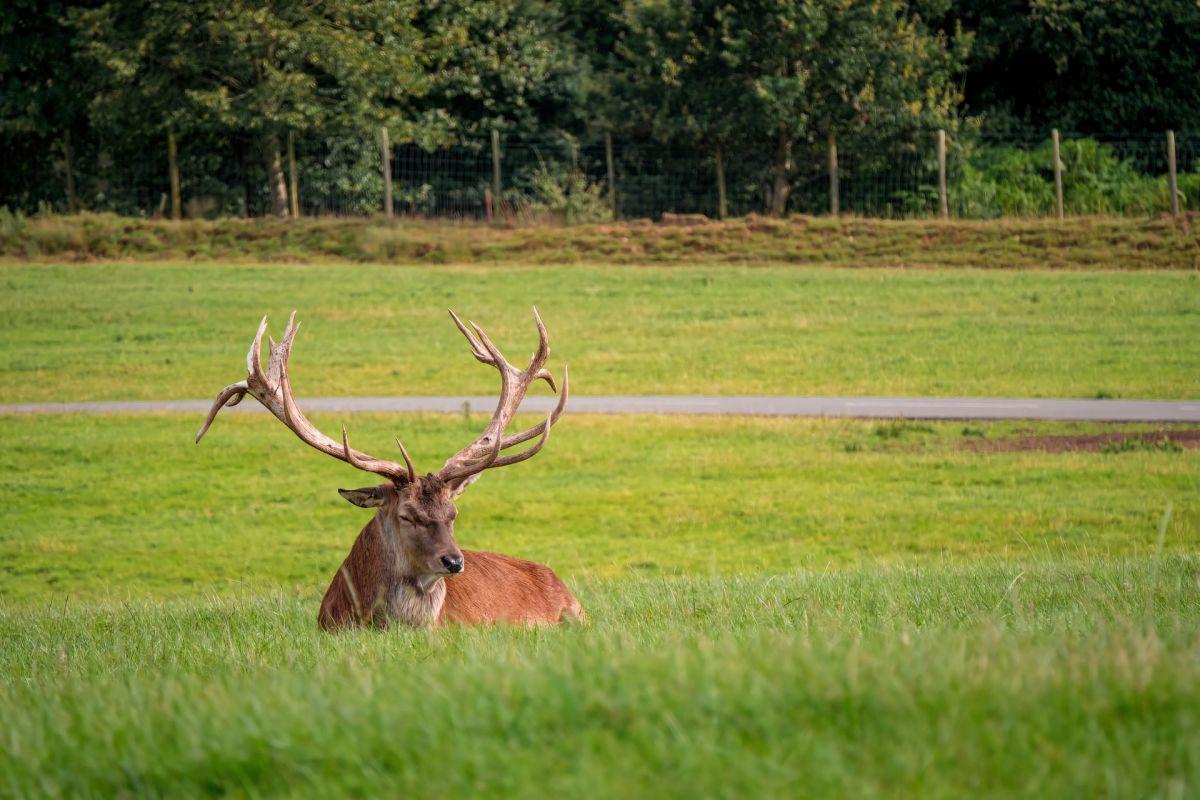
- Name: Corsican red deer
- Scientific name: Cervus elaphus corsicanus
- Conservation status:
The Corsican red deer, also known as the Sardinian deer or the Corsican deer, is a species of deer endemic to the Italian island of Sardinia. In fact, Italy is home to lots of endemic species, and this deer is far from being the only one on this Italian animals list.
While it used to be also present on the French island of Corsica, as its name suggests, it was extirpated at the beginning of the 1970s.n
2. Apennine yellow-bellied toad
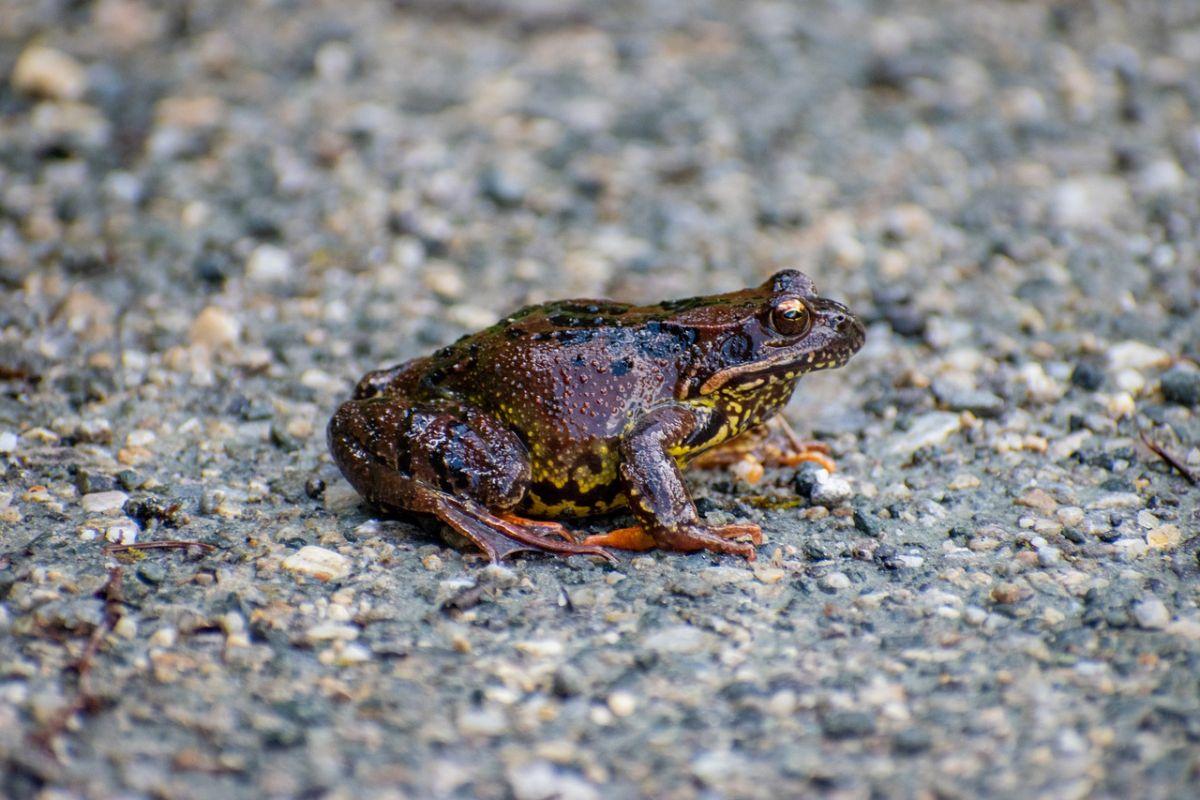
- Name: Apennine yellow-bellied toad
- Scientific name: Bombina pachypus
- Conservation status:
The Apennine yellow-bellied toad is a species of toad endemic to Italy. It inhabits temperate forests and grasslands, freshwater marshes, arable land, ponds, open excavations, seasonally flooded agricultural land and swamps.
This toad species is seriously threatened by habitat loss, and it is diurnal. From November to April, it hibernates and starts breeding as soon as it wakes up. Its brilliant skin is toxic, and it exposes it to predators as a warning when attacked.
3. Italian Aesculapian snake
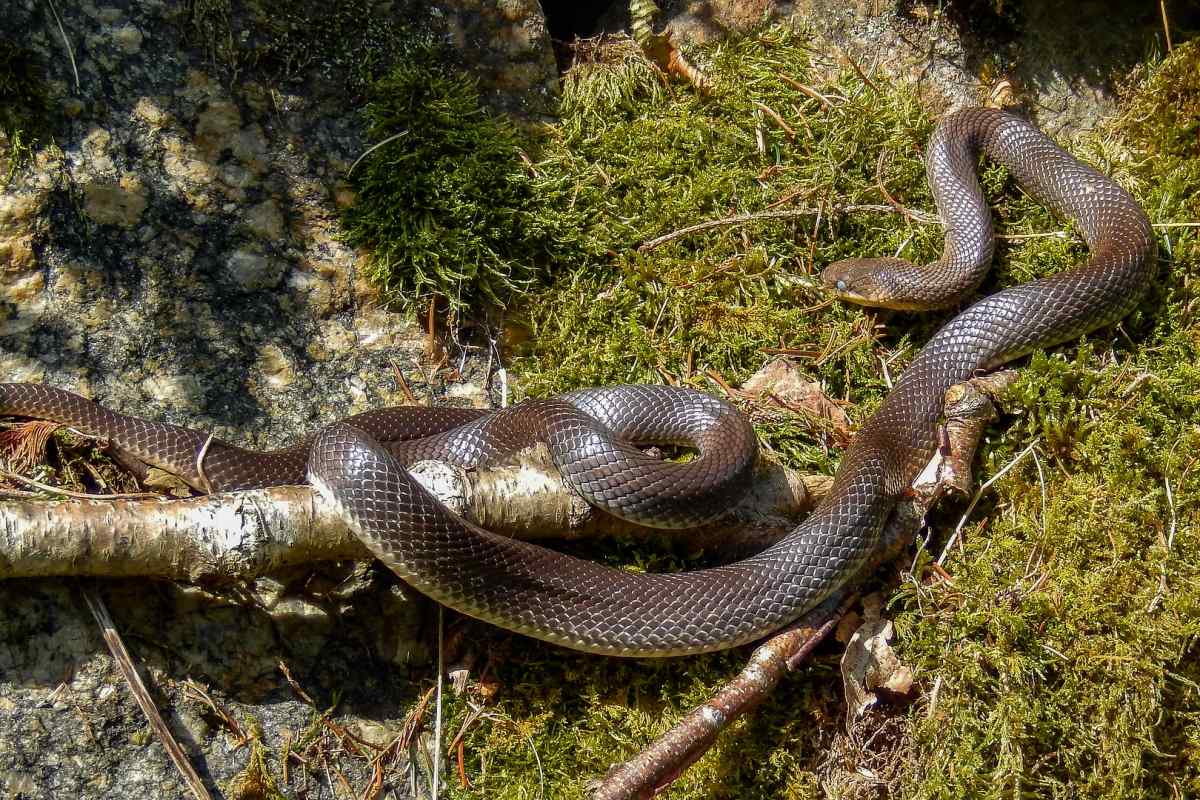
- Name: Italian Aesculapian snake
- Scientific name: Zamenis lineatus
- Conservation status:
The Italian Aesculapian snake is a species of snake endemic to Sicily and southern Italy. It usually inhabits areas such as temperate forests and shrublands, as well as arable land, rural gardens, and urban areas.
This snake is an obligate carnivore, just like any other snake, and mostly feeds on small mammals, lizards, and eggs; additionally, it is oviparous, which means it lays eggs like other reptiles.
4. Marsican brown bear
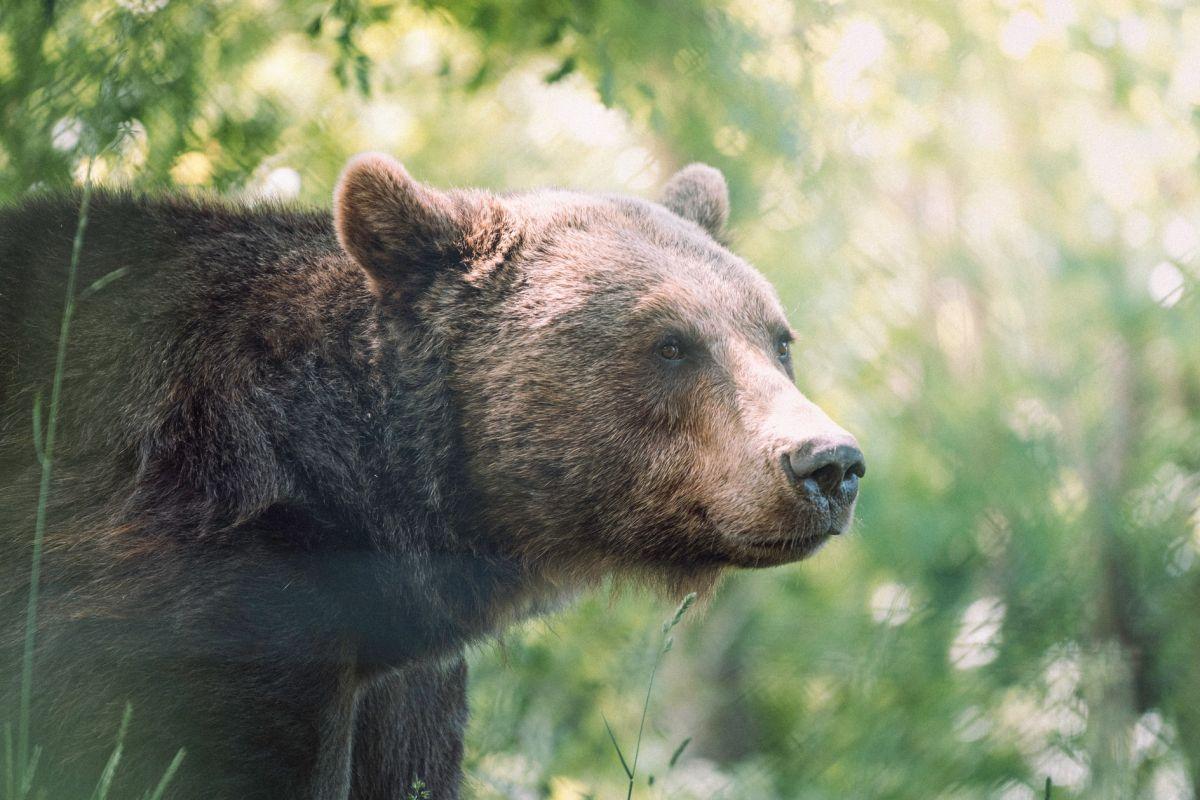
- Name: Marsican brown bear
- Scientific name: Ursus arctos arctos
- Conservation status:
The Marsican brown bear, also known as the Apennine brown bear, is a subspecies of the Eurasian brown bear, with a range restricted to Central Italy, in the “Parco Nazionale d’Abruzzo, Lazio e Molise”.
Its name comes from Marsica, a historic area of what is now called Abruzzo, where the bear has long been present. Critically endangered, the local government has begun several conservation programs, and the national park is now a sanctuary for this large mammal on the brink of extinction.
5. Alpine marmot
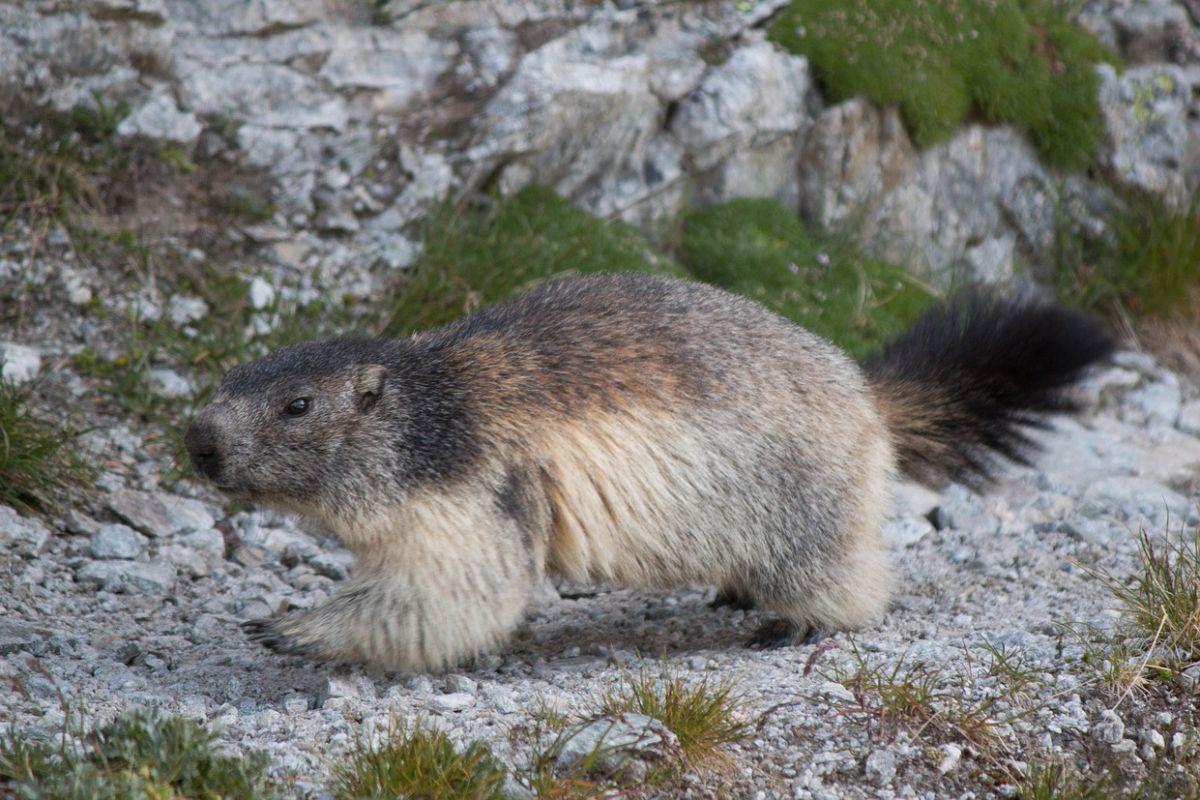
- Name: Alpine marmot
- Scientific name: Marmota marmota
- Conservation status:
The parts of Italy you most likely already know are the sunny, almost desert southernmost areas. However, do not forget that Italy is much more than that, having very high mountains in the North and temperate plains in regions such as Tuscany!
The alpine marmot lives in said high mountains, the Alps, at up to 3,200 m / 10,500 ft above sea level. It is a large ground squirrel that lives in large populations and feeds on grasses, herbs, insects, grain, and spiders.
6. Eurasian lynx
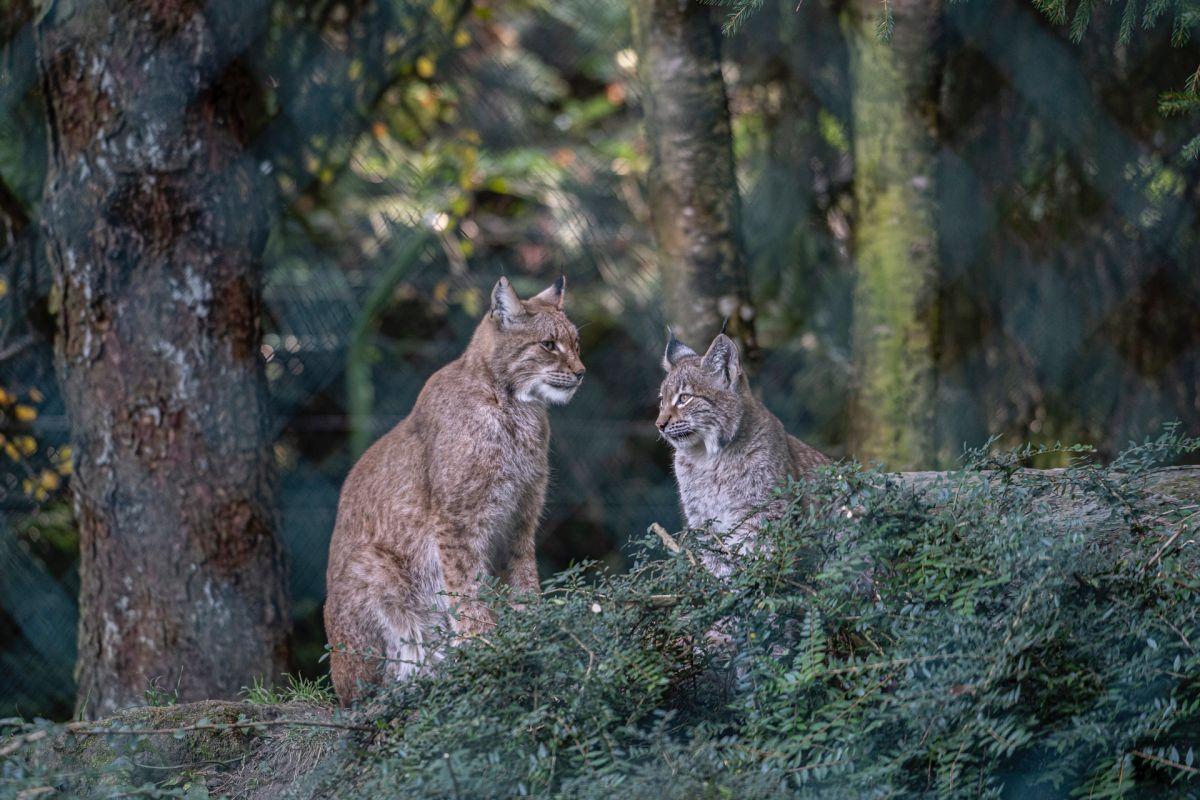
- Name: Eurasian lynx
- Scientific name: Lynx lynx
- Conservation status:
The Eurasian lynx is a medium-sized species of wild cat native to a wide range, from western Europe to northeastern Asia and the Indian subcontinent. Very shy and elusive, it lives in the heights of the mountains, at up to 5,500 m / 18,000 ft high.
Thanks to its wide distribution, this species is still of least concern, but habitat loss and fragmentation, depletion of prey, and poaching are all serious threats to the survival of this iconic mammal.
7. Italian sparrow
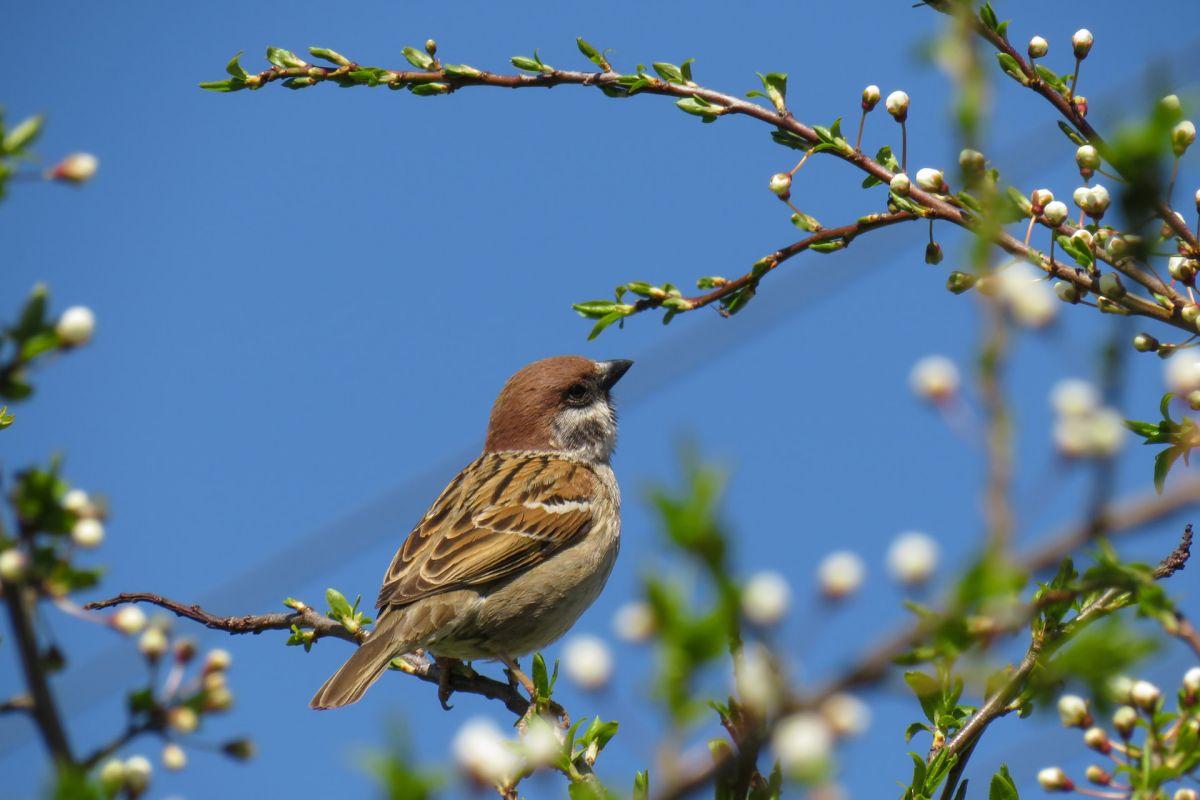
- Name: Italian sparrow
- Scientific name: Passer italiae
- Conservation status:
The Italian sparrow, also known as the cisalpine sparrow, is a species of passerine bird native to Italy and other areas around the Mediterranean Basin. It is the national bird of Italy and looks similar to the house sparrow and the Spanish sparrow, to which it is closely related.
This bird can be found in the northern and central parts of the country and is a familiar bird of houses. Because of this, it has been widely consumed as food and is a useful biological indicator of pollution.
8. Horned viper
- Name: Horned viper
- Scientific name: Vipera ammodytes
- Conservation status:
The horned viper, also known as the sand viper, the long-nosed viper, or the nose-horned viper, is a species of viper native to Europe, the Middle East, and the Balkans. Due to its large size, long fangs, and high venom toxicity, it is known as Europe’s most dangerous snake.
Compared to snakes from other continents, it is not that dangerous but can still cause symptoms such as swelling, discoloration, dizziness, and tingling.
9. Italian crested newt
- Name: Italian crested newt
- Scientific name: Triturus carnifex
- Conservation status:
The Italian crested newt is a species of newt native to Italy, France, and the neighboring Balkans. It is nocturnal and reproduces in deeper parts of a pond in order to avoid competition with other newts. However, thanks to its large size, it often preys on smaller species such as the palmate newt.
This newt species are particularly sensitive to pollutants such as industrial and consumer waste, as it disrupts the activity of some of its glands.
10. Mediterranean jellyfish
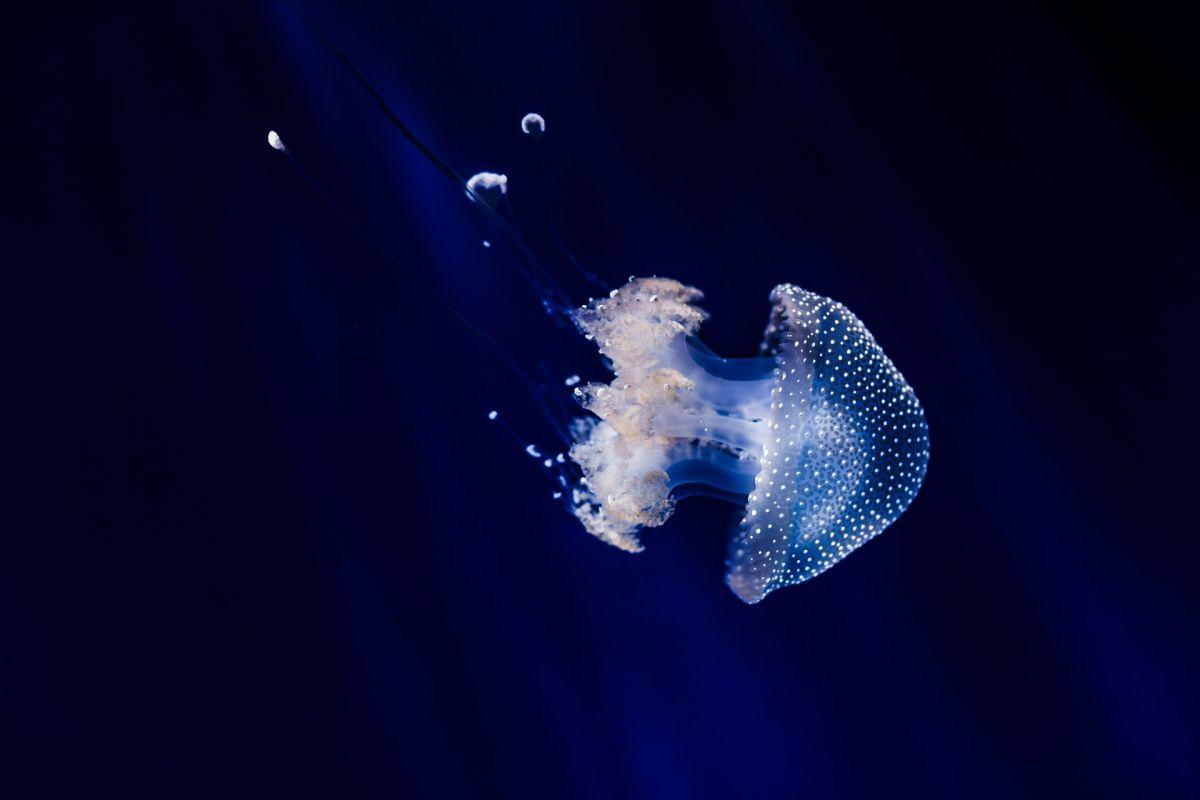
- Name: Mediterranean jellyfish
- Scientific name: Cotylorhiza tuberculata
- Conservation status:
The Mediterranean jellyfish, also known as the fried egg jellyfish or the Mediterranean jelly, is a common species of jellyfish native to the Mediterranean Sea, the Adriatic Sea, and the Aegean Sea.
This jellyfish gets its common name from the fact that it literally looks like a giant fried egg. It can reach up to 40 cm / 16 inch in diameter, and its sting has little to no effect on humans, except for some allergies to sensitive people.
11. Spiny spider crab
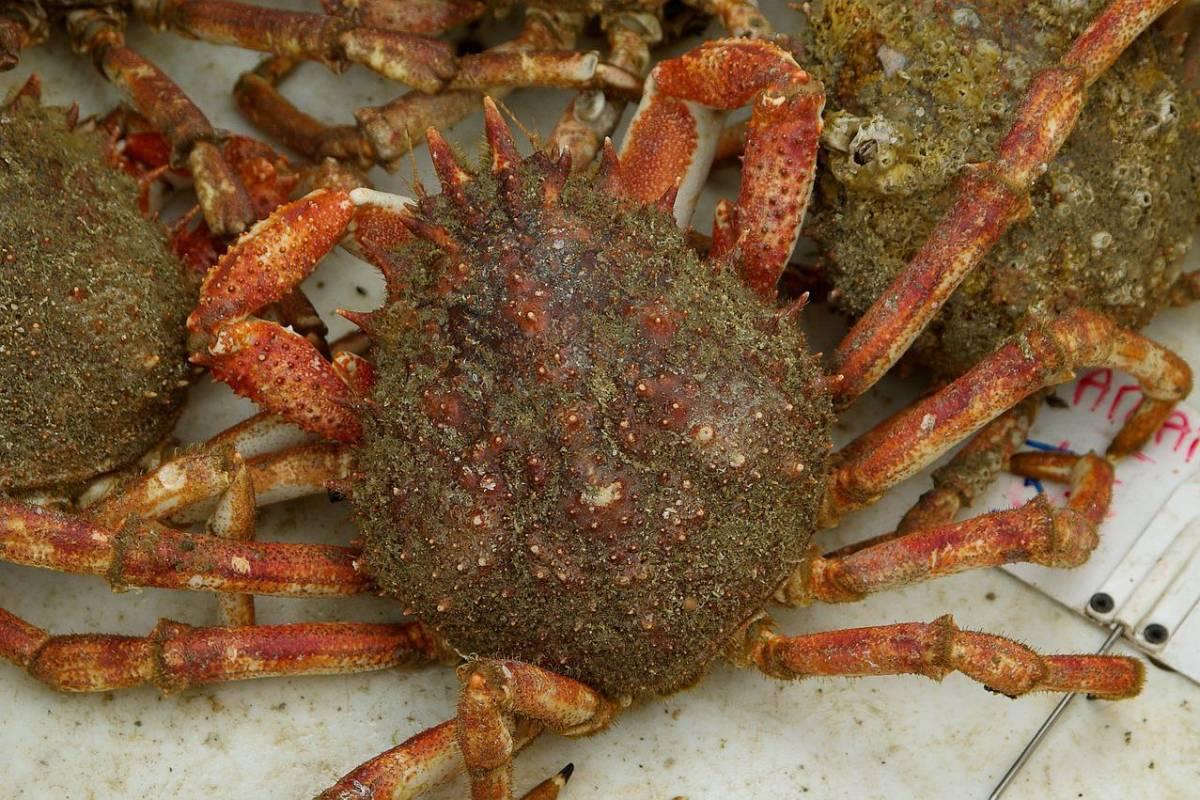
- Name: Spiny spider crab
- Scientific name: Maja squinado
- Conservation status:
The spiny spider crab, also known as the European spider crab or the spinous spider crab is a species of migratory crab native to the northwestern parts of the Atlantic and to the Mediterranean Sea.
In about 8 months, some crabs can travel up to 160 km / 100 mi, and they are most vulnerable when molting. This crab is heavily fished, as more than 5,000 tonnes are caught every year.
12. Spectacled salamander
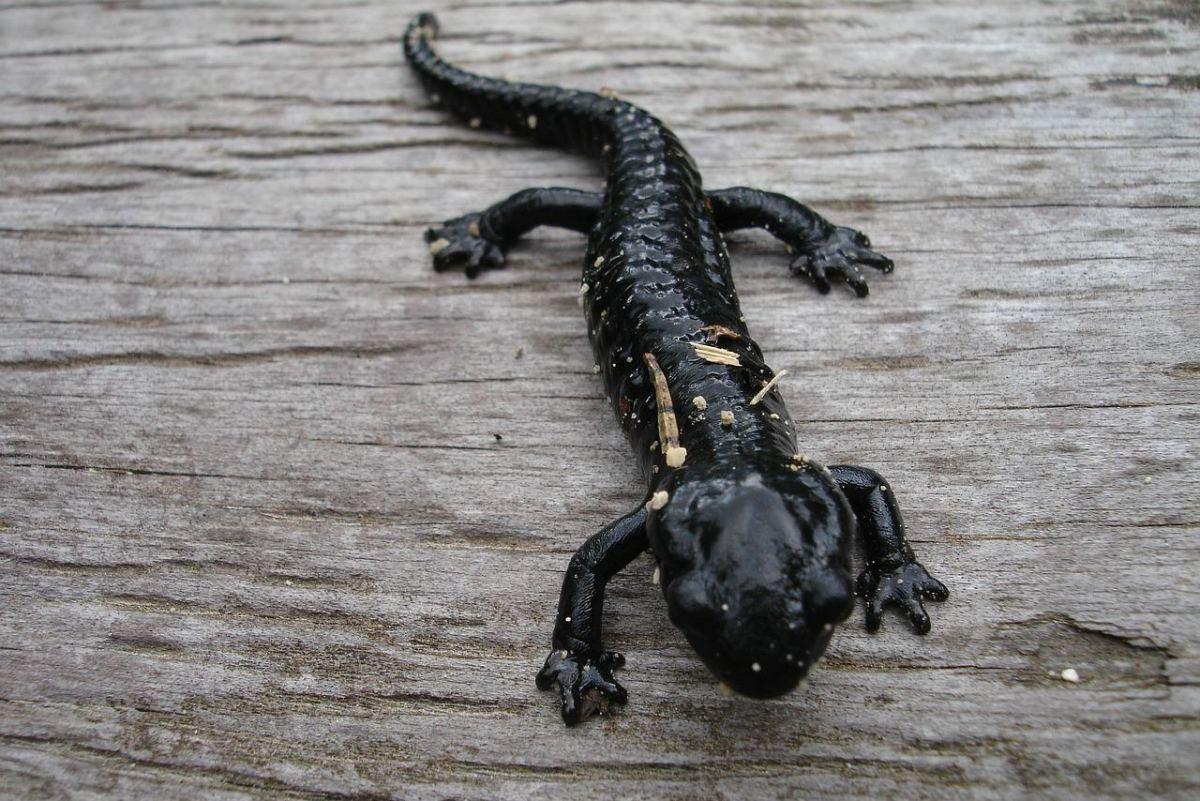
- Name: Spectacled salamander
- Scientific name: Salamandrina terdigitata
- Conservation status:
The spectacled salamander is a species of salamander endemic to the southern parts of the Apennine Ranger in Italy. It inhabits shady, overgrown hillsides and humid valleys at elevations between 200 and 1,200 m / 656 to 3,937 ft above sea level.
This reptile is very important because it is an efficient indicator species of environmental health. The spectacled salamander usually lives near streams, hidden under dead wood, stones, or leaf litter, and raises its tail and legs as a warning when threatened.
13. European snow vole
- Name: European snow vole
- Scientific name: Chionomys nivalis
- Conservation status:
The European snow vole, also known as the snow vole, is a species of rodent native to the mountains of southern and eastern Europe, as well as southwestern Asia. It can usually be found in rocky areas, and is a solitary animal; most of the time, it lives in crevices, tunnels, and under boulders.
During the breeding season, female European snow voles are much more aggressive and territorial than usual, and they will not hesitate to attack any other individual on sight!
14. Alpine ibex
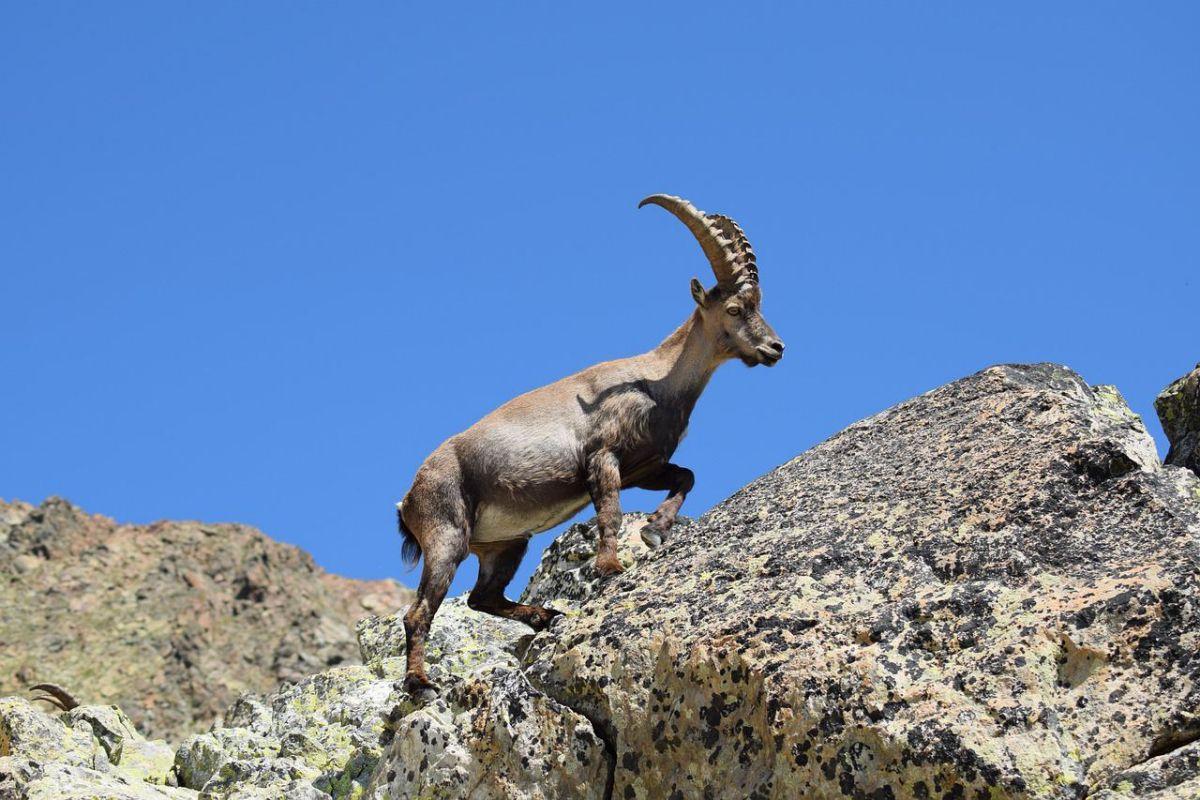
- Name: Alpine ibex
- Scientific name: Capra ibex
- Conservation status:
The Alpine ibex, also known as the bouquetin, the steinbock, or the ibex, is a species of wild goat native to the European Alps. It can therefore be found in France, Switzerland, Italy, and Austria, among other countries, and lives in the heights of the mountains.
This goat is a social animal, and it was extirpated from many Alpine areas by the 19th century; thanks to reintroduction programs, it has now recovered much of its former range and is no longer under threat.
15. European green woodpecker
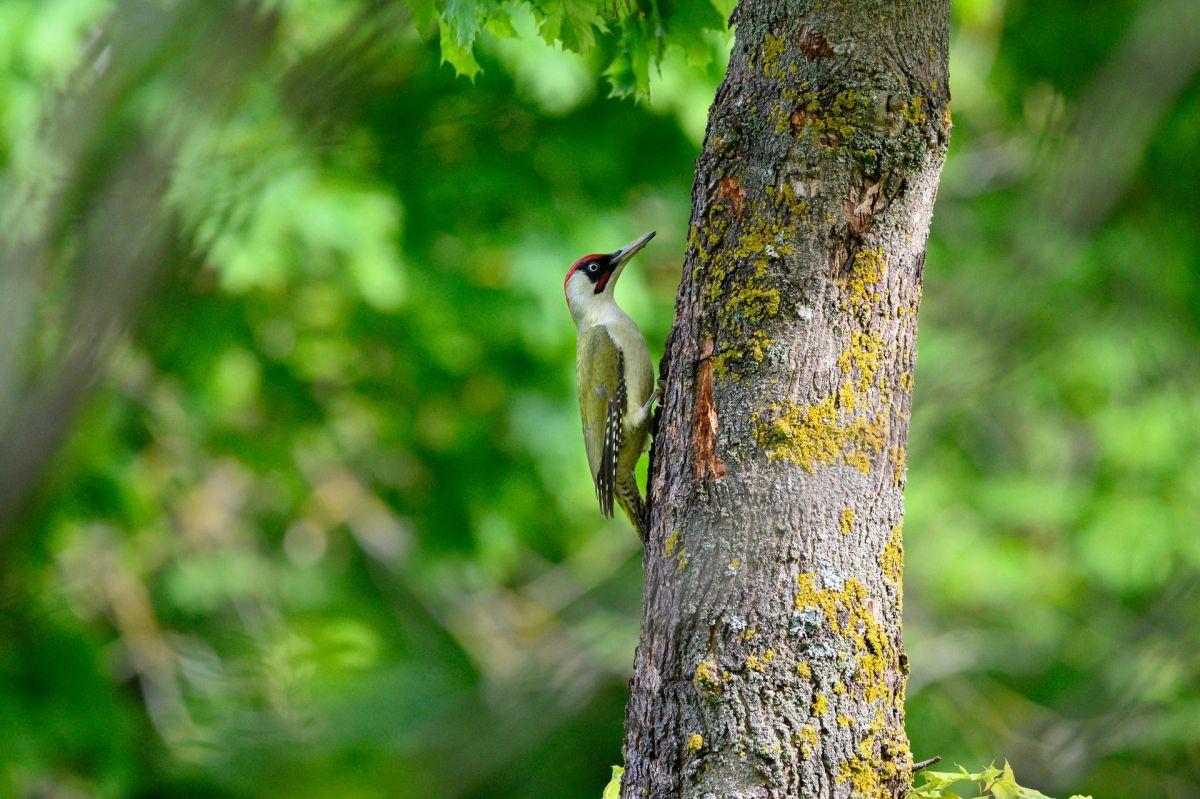
- Name: European green woodpecker
- Scientific name: Picus viridis
- Conservation status:
The European green woodpecker is a large species of green woodpecker with a black mustache and a bright, red crown. It inhabits almost the entirety of Europe, except for its northernmost parts, and is replaced by its relative, the Iberian green woodpecker, on the Iberian Peninsula.
In culture, this bird is supposed to be able to bring on rain (it is also known as the weather cock, the wet bird, and the rain-bird), and it is famous for its noise.
16. Green whip snake
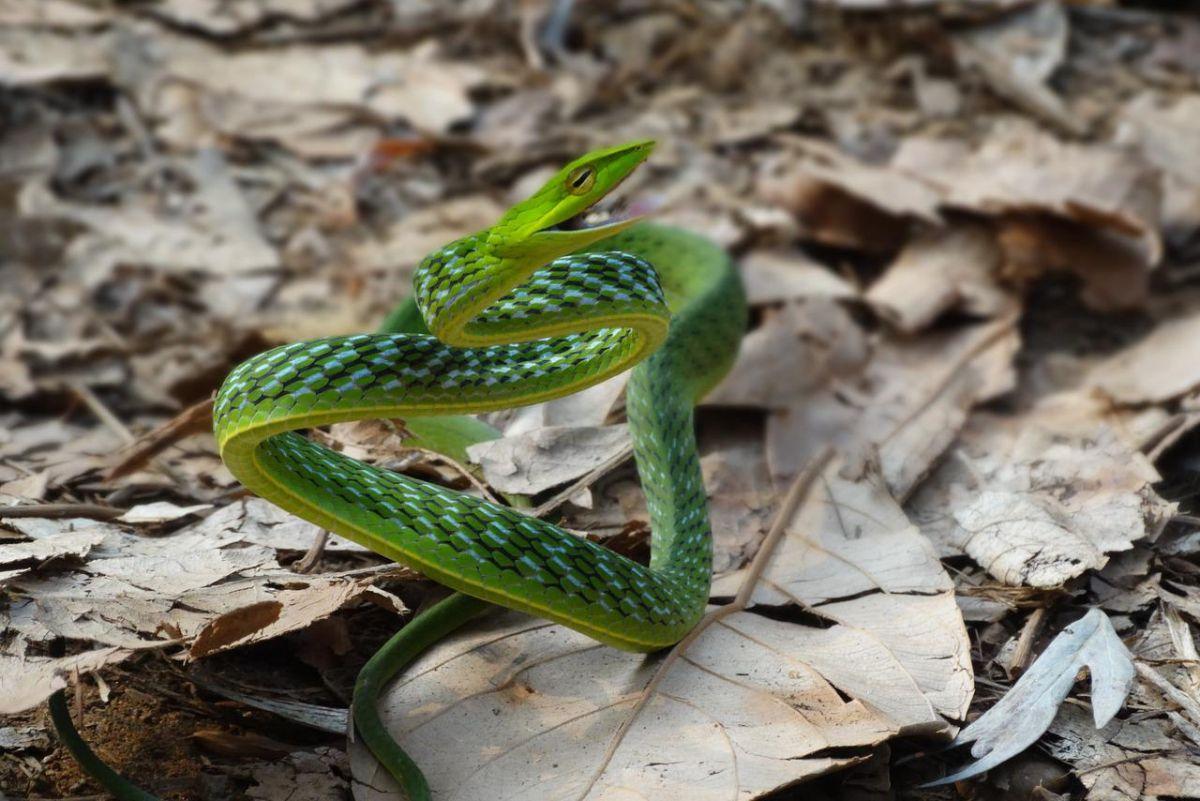
- Name: Green whip snake
- Scientific name: Hierophis viridiflavus
- Conservation status:
The green whip snake, also known as the western whip snake, is a species of snake present in multiple European countries, such as Italy, France, Croatia, Malta, Spain, and Switzerland. It inhabits temperate forests, shrubby vegetation, pastureland, arable land, plantations, and urban areas.
Within its range, this snake is very common and has no major threats, outside of persecution and road kills maybe. Its diet is made of lizards, frogs, mice, eggs, birds, and skinks.
17. Italian tree frog
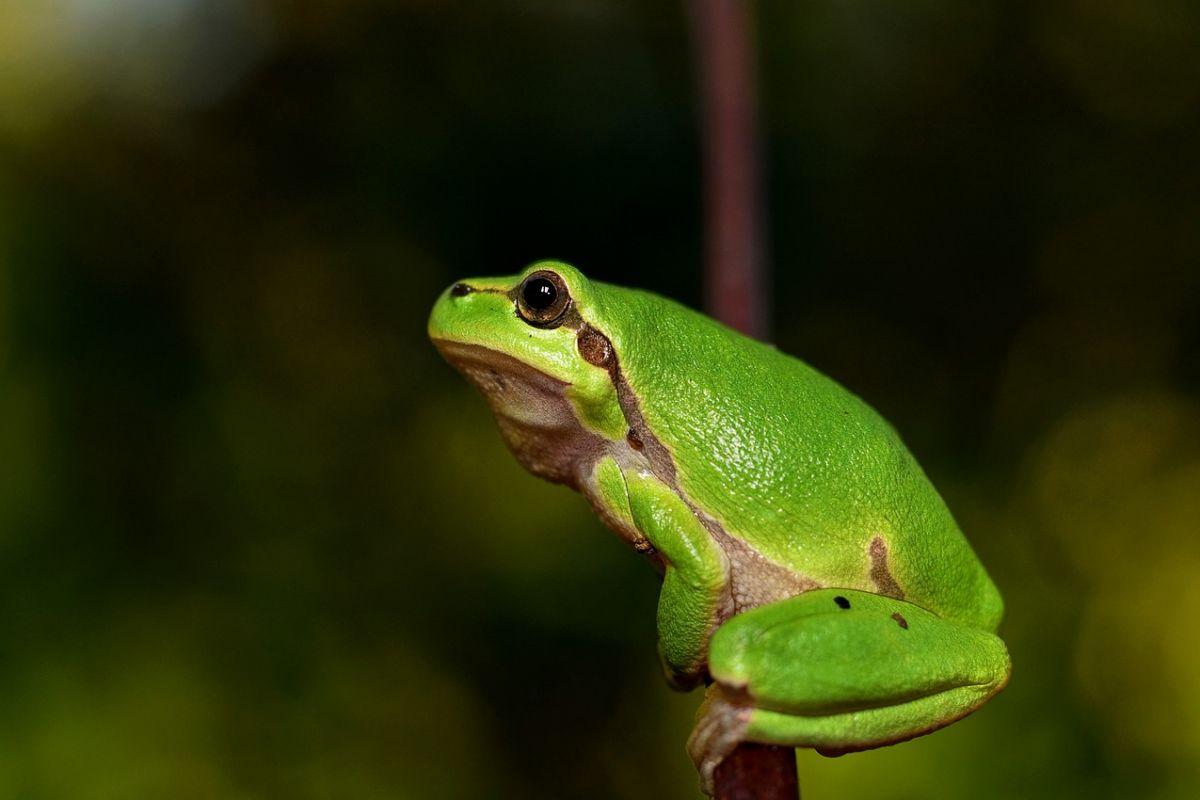
- Name: Italian tree frog
- Scientific name: Hyla intermedia
- Conservation status:
The Italian tree frog is a species of frog that can be found in Slovenia, Italy, Switzerland, and San Marino. It inhabits temperate forests, rivers, marshes, urban areas, and arable land. Although listed as least concern, it faces the huge threat of habitat loss.
As its name suggests, this frog is capable of climbing trees and bushes and moves around the wilderness thanks to ditches, canals, and hedgerows.
18. Brook lamprey
- Name: Brook lamprey
- Scientific name: Lampetra planeri
- Conservation status:
The brook lamprey, also known as the western brook lamprey or the European brook lamprey is a small species of lamprey native to the northernmost parts of the world from Alaska and Canada to Europe, but also across the Mediterranean.
Believe it or not, female brook lampreys release… up to 100,000 eggs per year! These eggs hatch in only a few days, and they stay as larvae for about 4 years before metamorphosing into adults.
19. European hornet
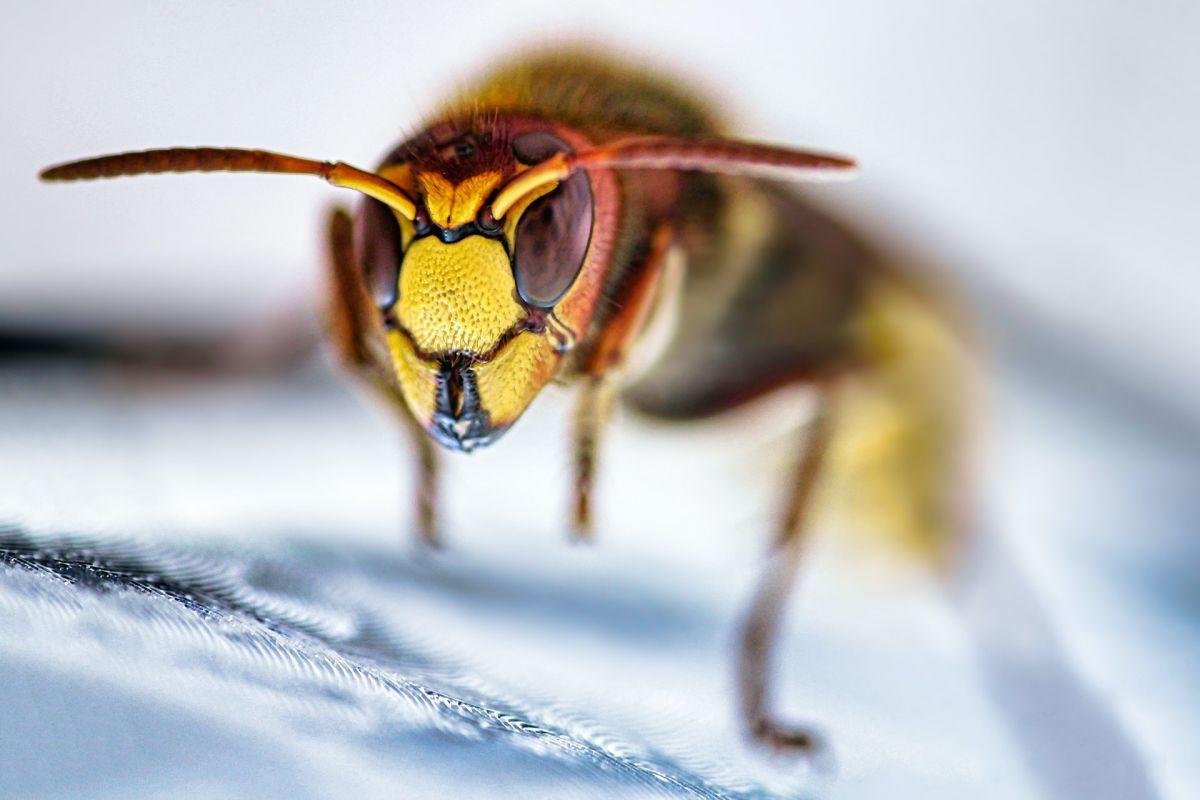
- Name: European hornet
- Scientific name: Vespa crabro
- Conservation status:
The European hornet is the largest species of wasp native to Europe. It was also introduced to North America by the Europeans during the 19th century. Because of the dangers it represents, it is usually considered a pest, and it is known for forming paper-like nests with fibers and plant materials.
This hornet usually avoids conflict, but it will not hesitate to sting when grabbed or stepped on; it can be aggressive around food sources and around its nest.
20. Monk parakeet
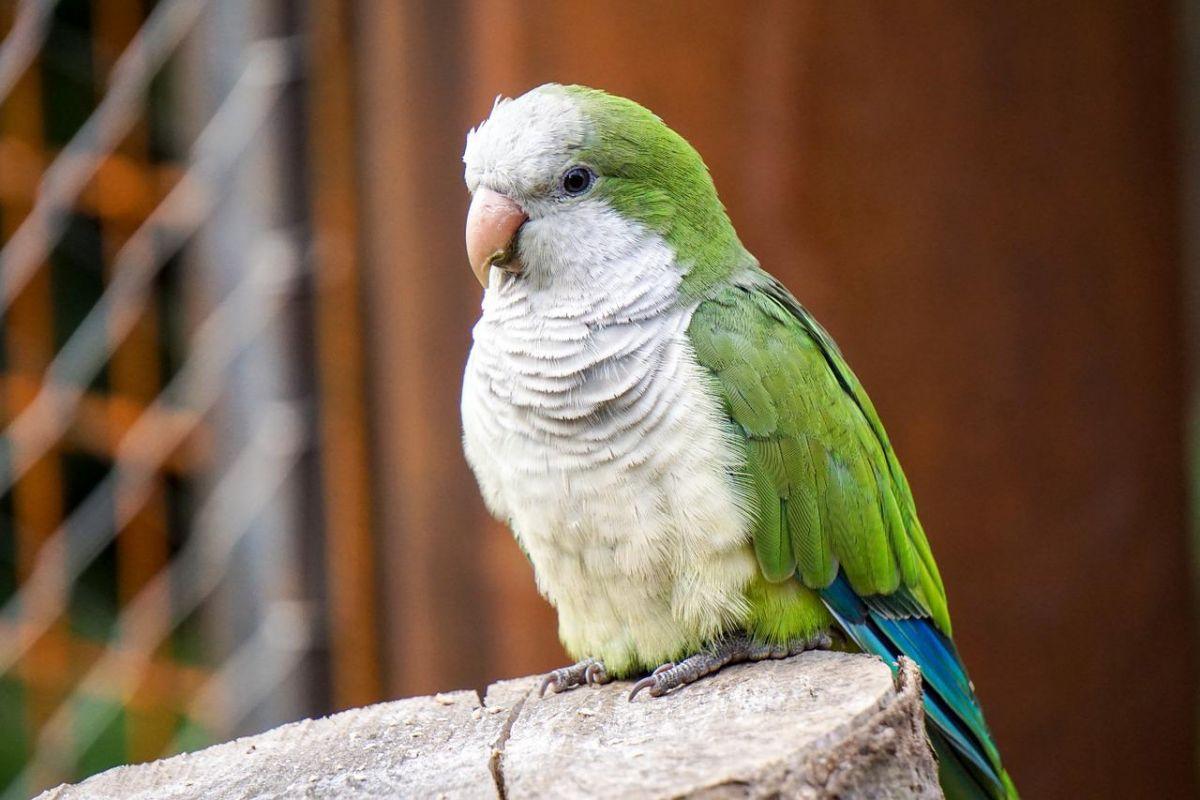
- Name: Monk parakeet
- Scientific name: Myiopsitta monachus
- Conservation status:
The monk parakeet, also known as the Quaker parrot, is a species of parrot native to South America but was introduced to areas such as Florida and Europe as a feral population.
This parrot is the only one that builds a stick nest, usually on a man-made structure or in a tree. It often breeds in colonies, and its natural predators are falcons, mammals, and ducks, which mostly attack their eggs.
21. Finlayson’s squirrel
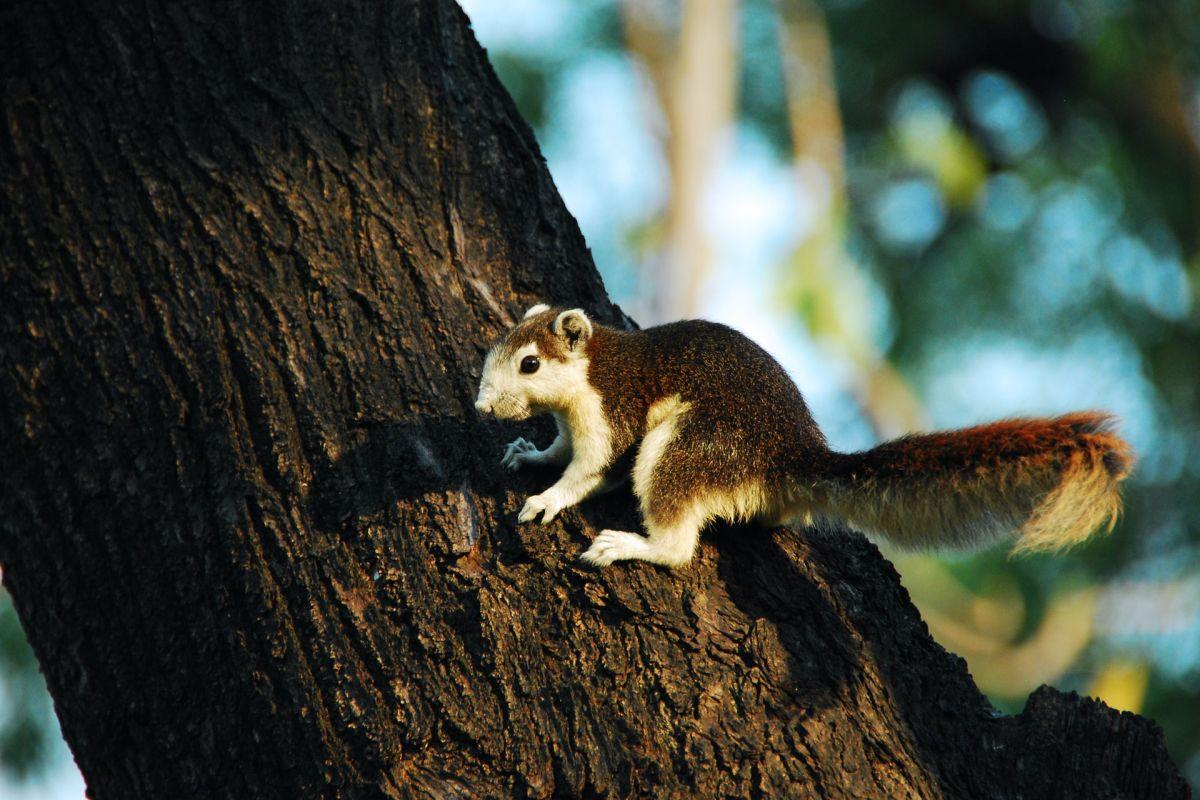
- Name: Finlayson’s squirrel
- Scientific name: Callosciurus finlaysonii
- Conservation status:
Finlayson’s squirrel, also known as the variable squirrel, is a species of rodent native to southeastern Asia, namely Thailand, Vietnam, Cambodia, Laos, and Myanmar, and was introduced to Singapore and Italy. It was named after Scottish traveler George Finlayson.
Similar to other squirrels, this species lives under the canopy and mostly feeds on fruit. Thanks to its dichromatic mammalian color vision, it could very well be able to distinguish ripe and unripe fruits!
22. Red swamp crayfish
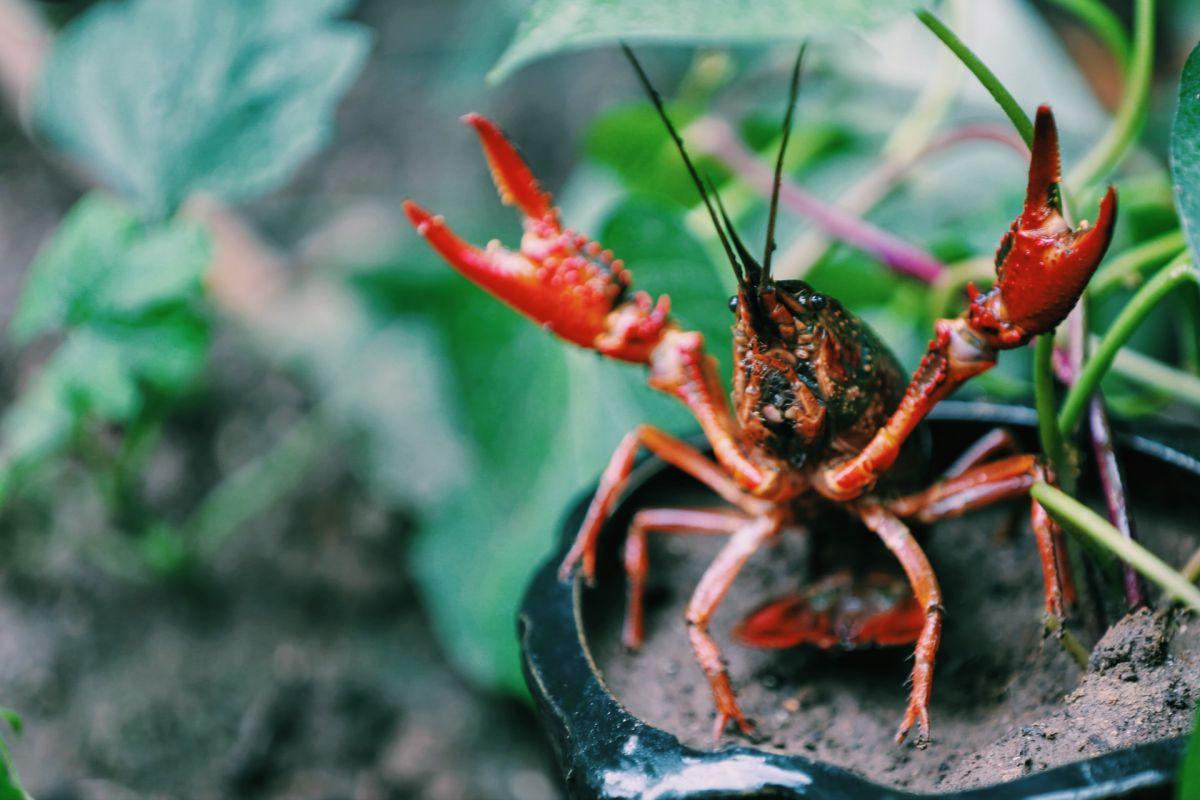
- Name: Red swamp crayfish
- Scientific name: Procambarus clarkii
- Conservation status:
The red swamp crayfish, also known as the Louisiana crayfish or the mudbug, is a species of crayfish native to the United States and Mexico, and introduced to other continents where it is often considered an invasive pest. Within the European Union, it is forbidden to breed, transport, release into the environment and commercialize this species because of that.
This crayfish can usually be found in warm freshwater bodies, and it is considered a tasty food in many countries.
23. Crested porcupine
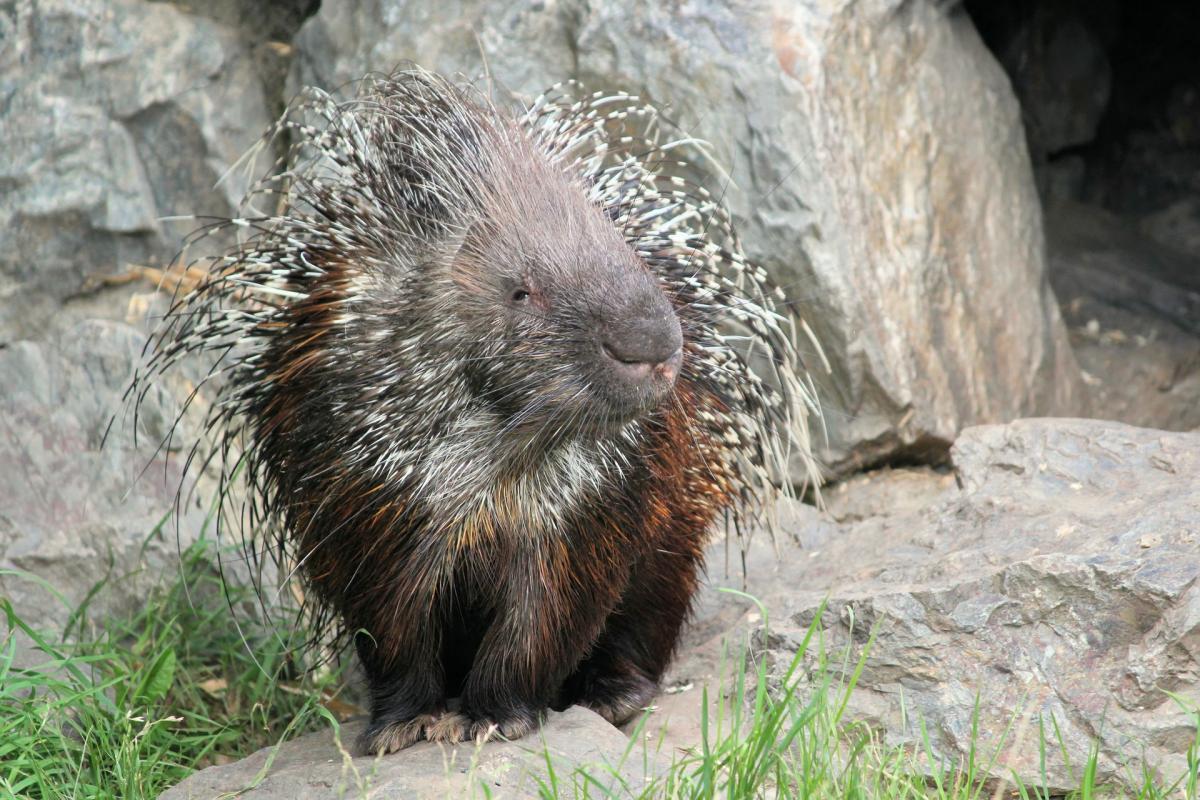
- Name: Crested porcupine
- Scientific name: Hystrix cristata
- Conservation status:
The crested porcupine, also known as the African crested porcupine, is a species of rodent native to North Africa, sub-Saharan Africa, and Italy. It is a terrestrial mammal that rarely climbs trees but is a good swimmer. It feeds on roots, leaves, and bulbs, and sometimes insects, vertebrates, and even carrion.
This rodent is nocturnal and gathers in small family groups with the adult pair and their offspring. When threatened, the crested porcupine raises and fans its quills to look bigger.
24. Mountain hare
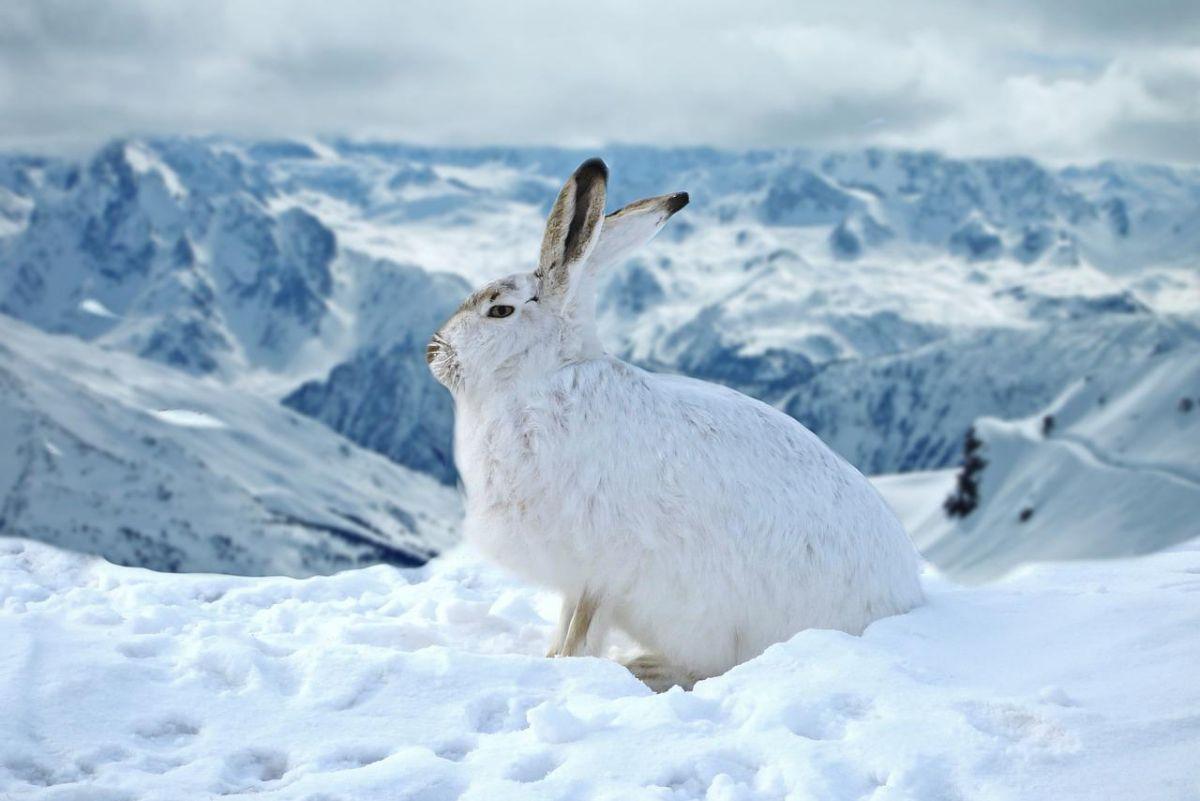
- Name: Mountain hare
- Scientific name: Lepus timidus
- Conservation status:
The mountain hare has many names: also known as the Irish hare, the blue hare, the tundra hare, the variable hare, the alpine hare, or the snow hare, it is a species of hare adapted to mountainous and polar habitats. In Italy, it can be found in the mountainous northernmost areas of the country, where it feeds on twigs, bark and grasses.
This mammal is seriously impacted by human expansion, mostly ski resorts, an increase in visitors to the mountains, and snow sports activities.
25. European hedgehog
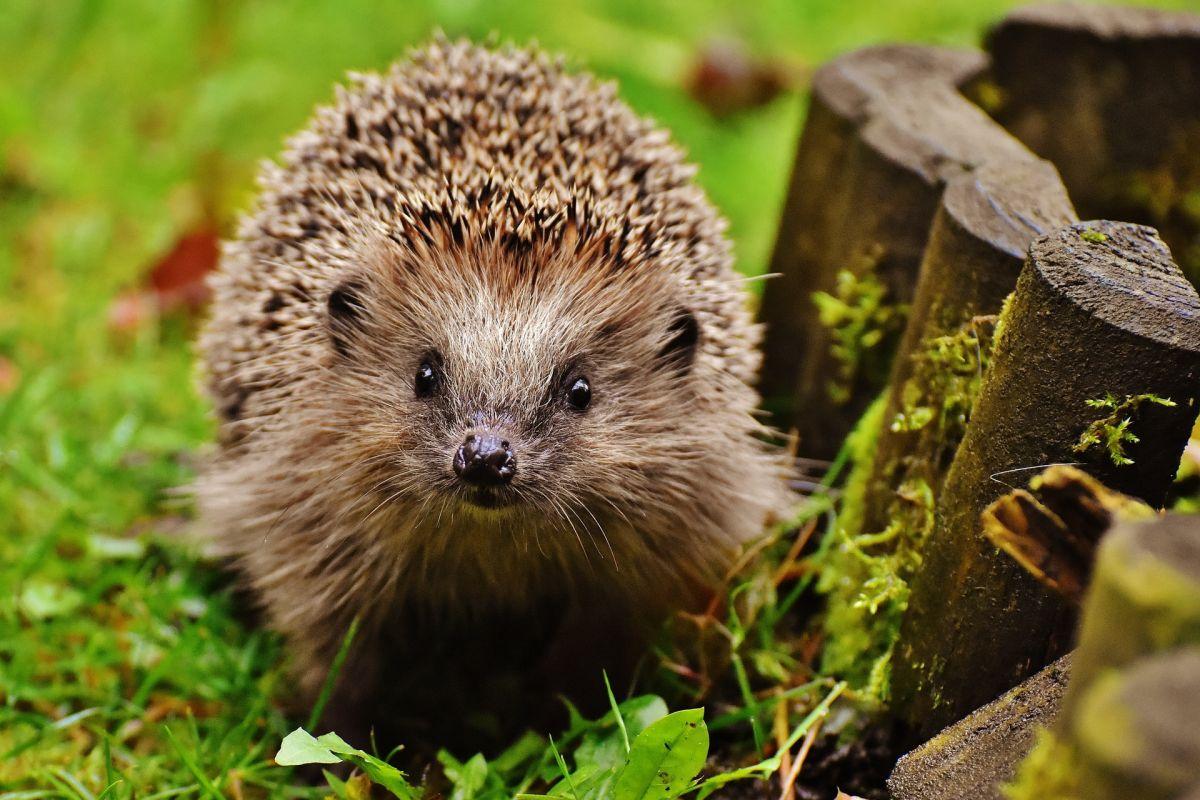
- Name: European hedgehog
- Scientific name: Erinaceus europaeus
- Conservation status:
The European hedgehog, also known as the common hedgehog or the West European hedgehog, is a species of hedgehog native to much of Europe, from the Iberian Peninsula to northern Scandinavia.
This species is well-known by Europeans, as it is quite common to see in gardens; it is a favorite of a lot of people, as it feeds on a wide variety of garden pests, is inoffensive and… pretty cute if you ask me!
26. Risso’s dolphin
- Name: Risso’s dolphin
- Scientific name: Grampus griseus
- Conservation status:
Risso’s dolphin is a species of dolphin closely related to the pygmy killer whale, the pilot whale, the false killer whale, and the melon-headed whale. It can be found in many temperate and tropical waters of the world, from oceans such as the Atlantic and the Pacific to seas like the Red Sea and the Mediterranean Sea.
Its diet is almost exclusively made of squid that it hunts by night.
27. European wildcat
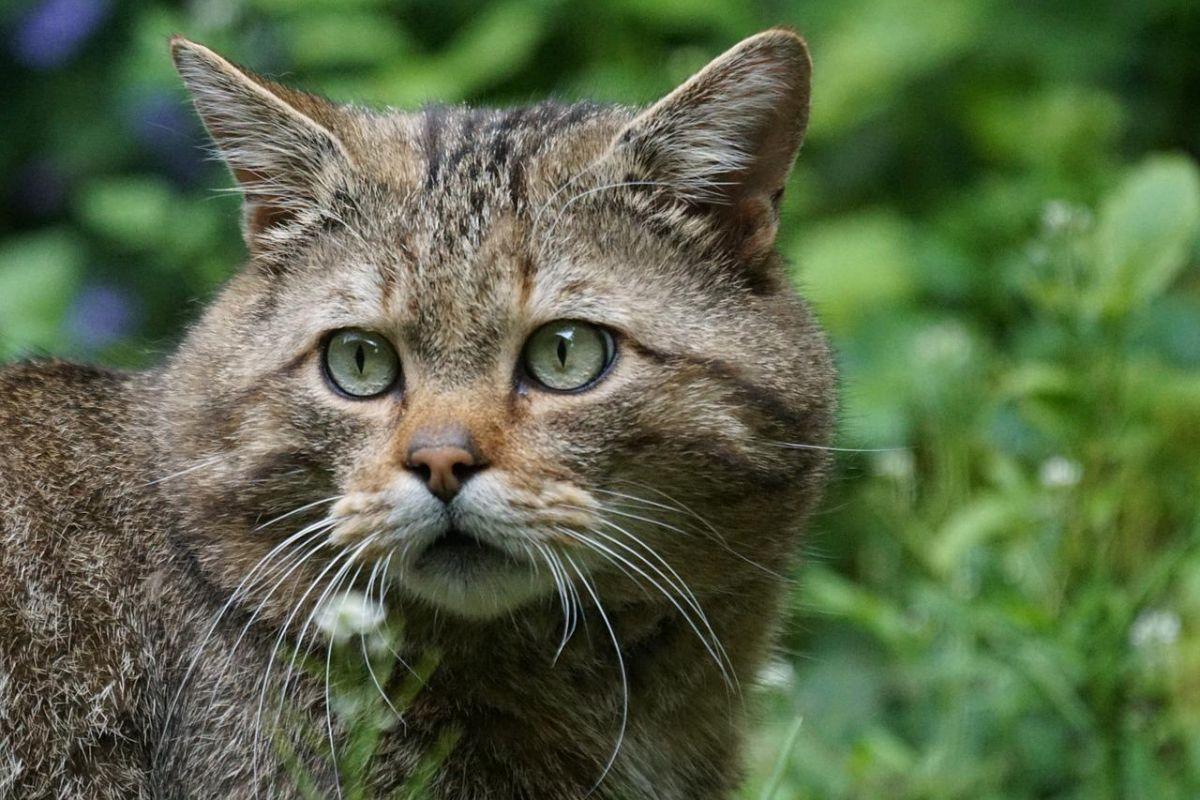
- Name: European wildcat
- Scientific name: Felis silvestris
- Conservation status:
The European wildcat is a small species of wildcat native to Europe, Turkey, Scotland, and the Caucasus. It can be found in forests from Italy, the Iberian Peninsula, Central and Eastern Europe to the Caucasus mountain range.
This species is mostly nocturnal but is active by day without any human disturbance. Its diet is largely made of small mammals such as rodents and lagomorphs, but it also hunts for ground-dwelling birds.
28. Common genet
- Name: Common genet
- Scientific name: Genetta genetta
- Conservation status:
The common genet is a small species of viverrid native to sub-Saharan Africa and introduced to southwestern Europe and the Balearic Islands. It is listed as least concern and has no significant threat, except maybe for hunting, trapping, and urban expansion in some specific areas such as North Africa, Ibiza, and Portugal.
This animal is solitary, nocturnal, and crepuscular; it rests among thickets or in hollow trees during the day and usually rests at the same spot.
29. European jackal
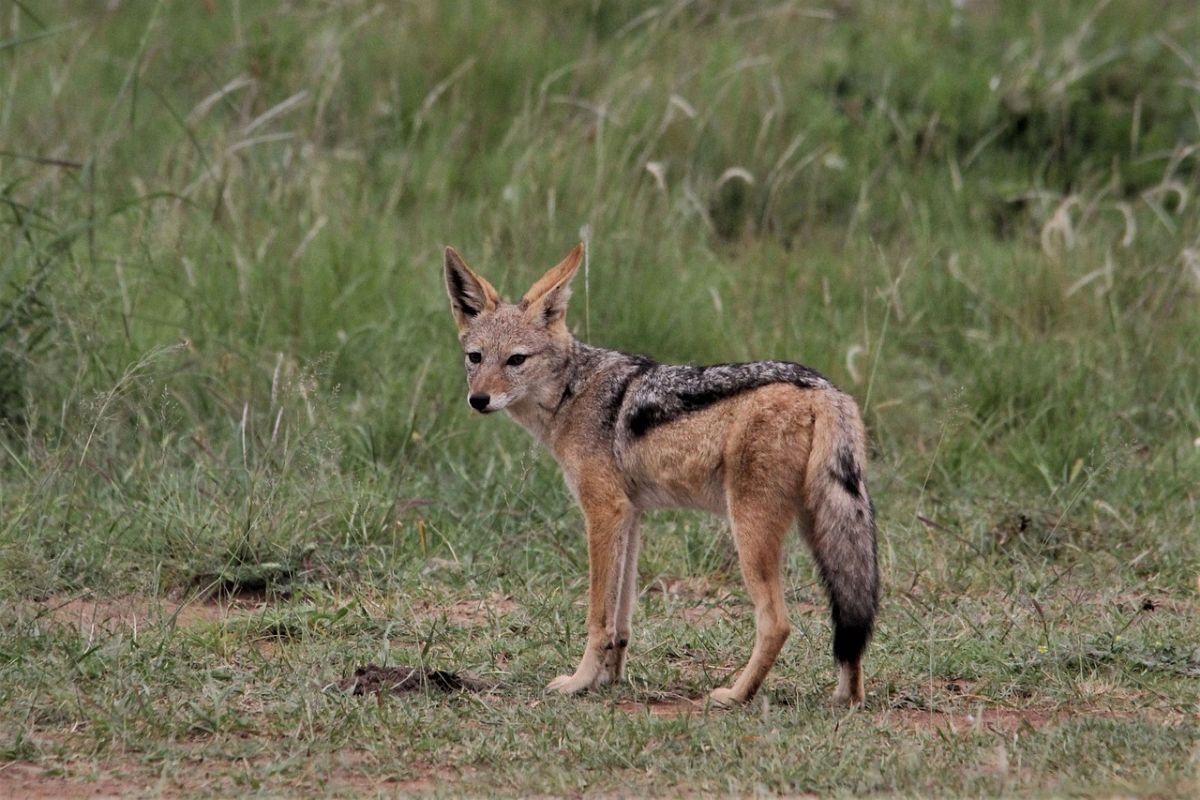
- Name: European jackal
- Scientific name: Canis aureus moreoticus
- Conservation status:
The European jackal is a subspecies of the golden jackal, and it can be found in Central and southeastern Europe, Anatolia and the Caucasus. There are about 70,000 to 117,000 individuals left in the wild, and they mostly live in southeastern Europe.
Since the 1970s, this species’ range has been greatly expanding, and the main theory for that is the decline of the gray wolf, which is now much less abundant than it used to be.
30. Sicilian wolf
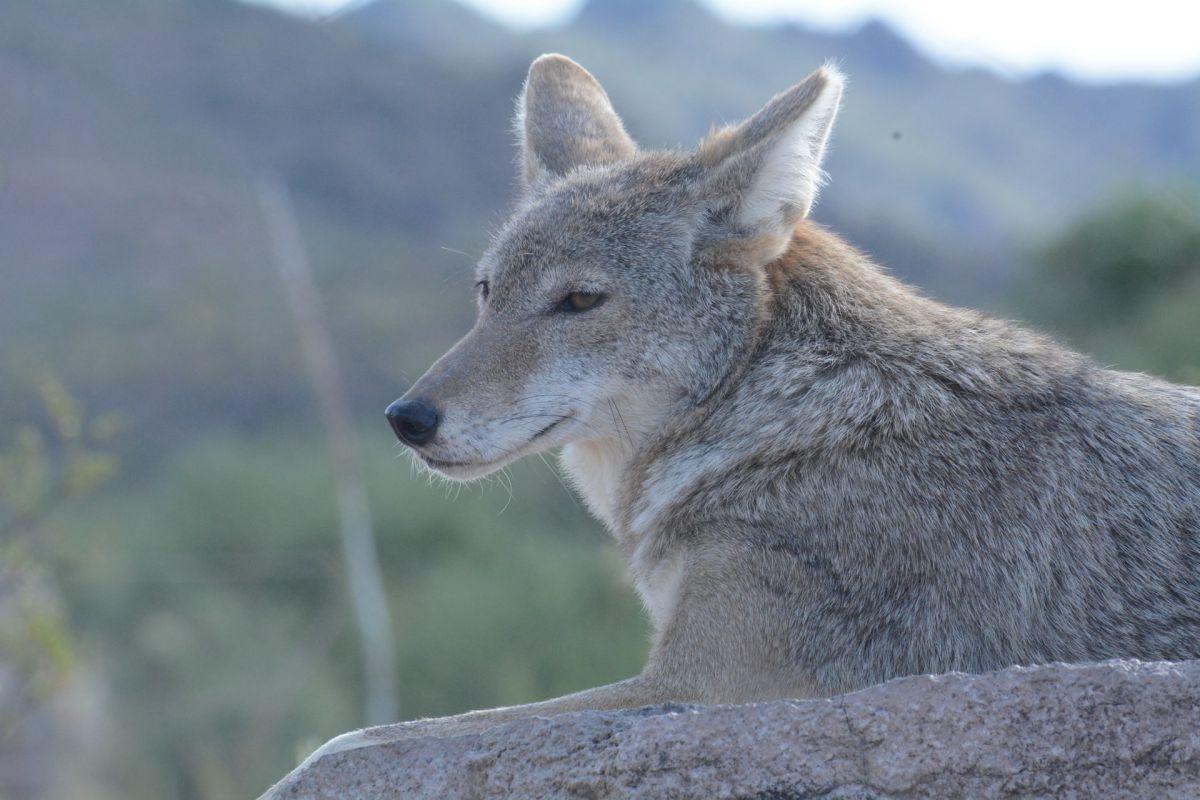
- Name: Sicilian wolf
- Scientific name: Canis lupus cristaldii
- Conservation status:
The Sicilian wolf was a subspecies of the gray wolf endemic to Sicily. Compared to the Italian wolf, it was paler, and it went extinct during the 1920s due to human persecution. Some sightings were claimed up to the 1970s, but this species is most definitely extinct.
After examining the holotype in 2018, it was declared a distinct subspecies. It had a slender body with short legs.
31. Pyrenean chamois
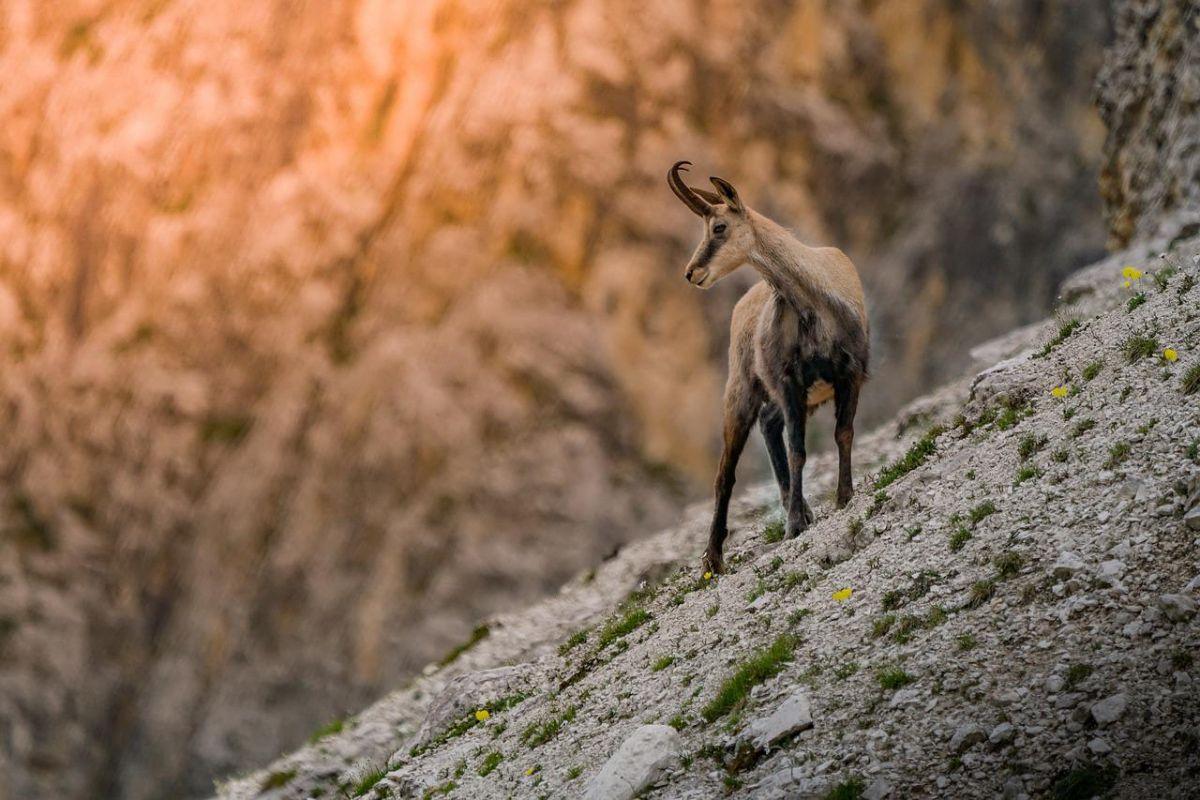
- Name: Pyrenean chamois
- Scientific name: Rupicapra pyrenaica
- Conservation status:
The Pyrenean chamois is a species of goat-antelope native to the Pyrenees mountain ranges, but that can also be found in the Cantabrian Mountains and the Apennine Mountains. It is closely related to the chamois and is ruddy brown in the summer and black or brown in the winter.
This goat-antelope was hunted to near extinction during the 1940s, just like other species of chamois, but has since recovered, and there are now at least 25,000 individuals.
32. Maremman boar
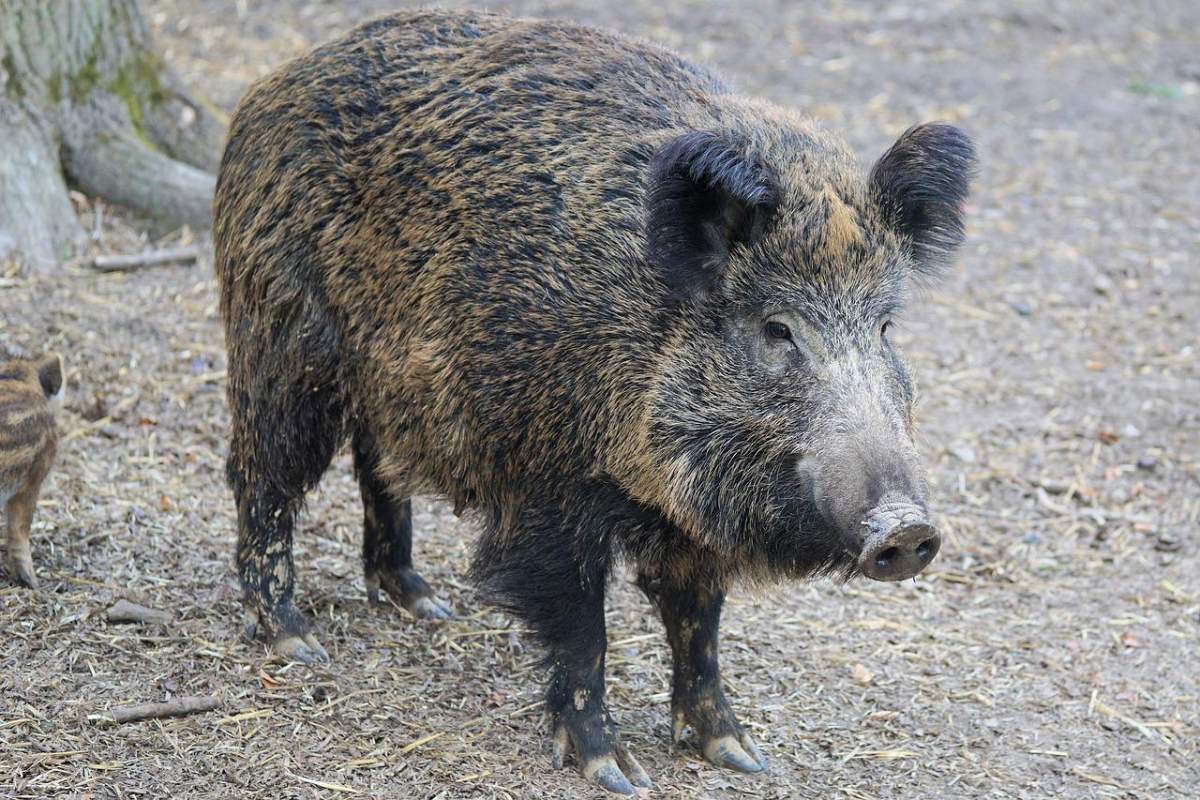
- Name: Maremman boar
- Scientific name: Sus scrofa majori
- Conservation status:
The Maremman boar is a subspecies of the wild boar native to Maremma, a coastal area of western central Italy. It is much smaller than the more famous Central European boar, and both of these subspecies were already interbred.
The wild boar is one of the most famous, common, and widespread animals in all of Europe. It is an important symbol in culture, is still heavily hunted to this day, and is considered of least concern.
33. European fallow deer
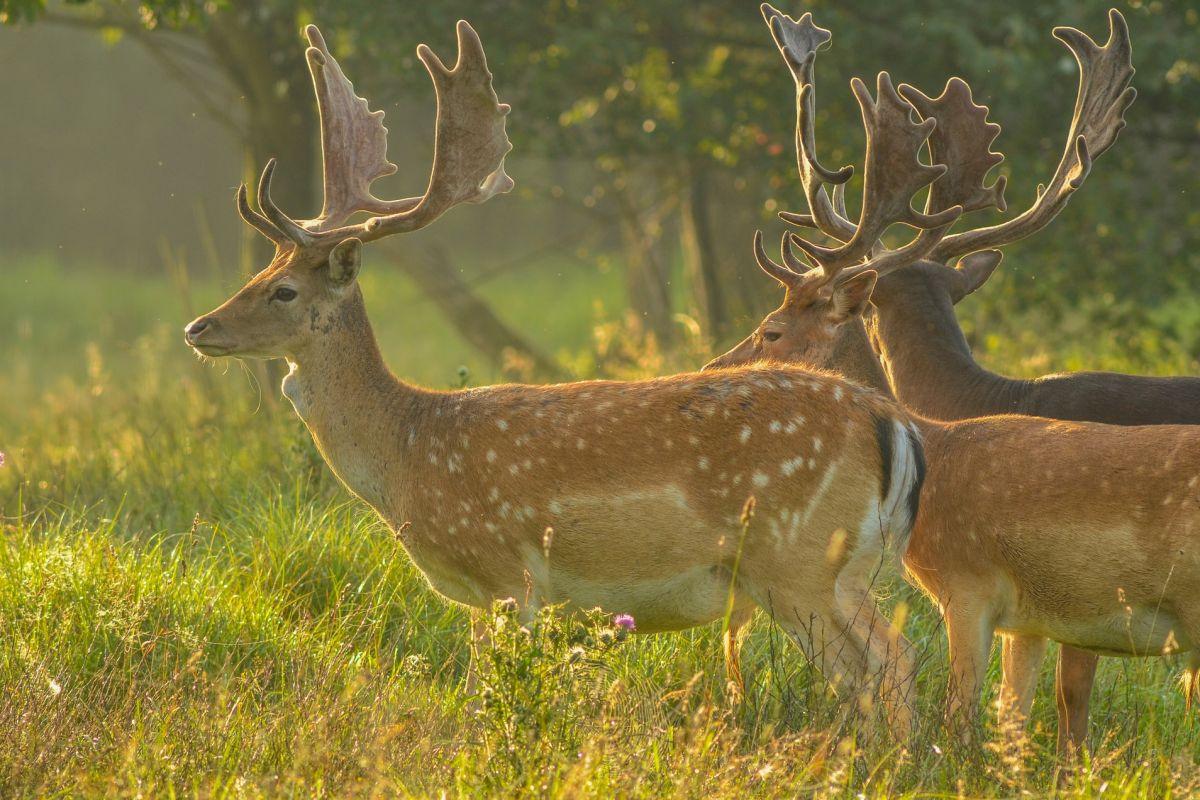
- Name: European fallow deer
- Scientific name: Dama dama
- Conservation status:
The European fallow deer, locally known as the fallow deer or the common fallow deer, is a species of ruminant mammal related to deers. It is native to the Italian Peninsula, the Balkan Peninsula, Turkey, and the Greek island of Rhodes, and was introduced to many other parts of the world.
This mammal has large, velveted antlers and it is on the decline in Turkey, being extirpated from many areas of the country and facing threats such as poaching and interbreeding.
34. Elk
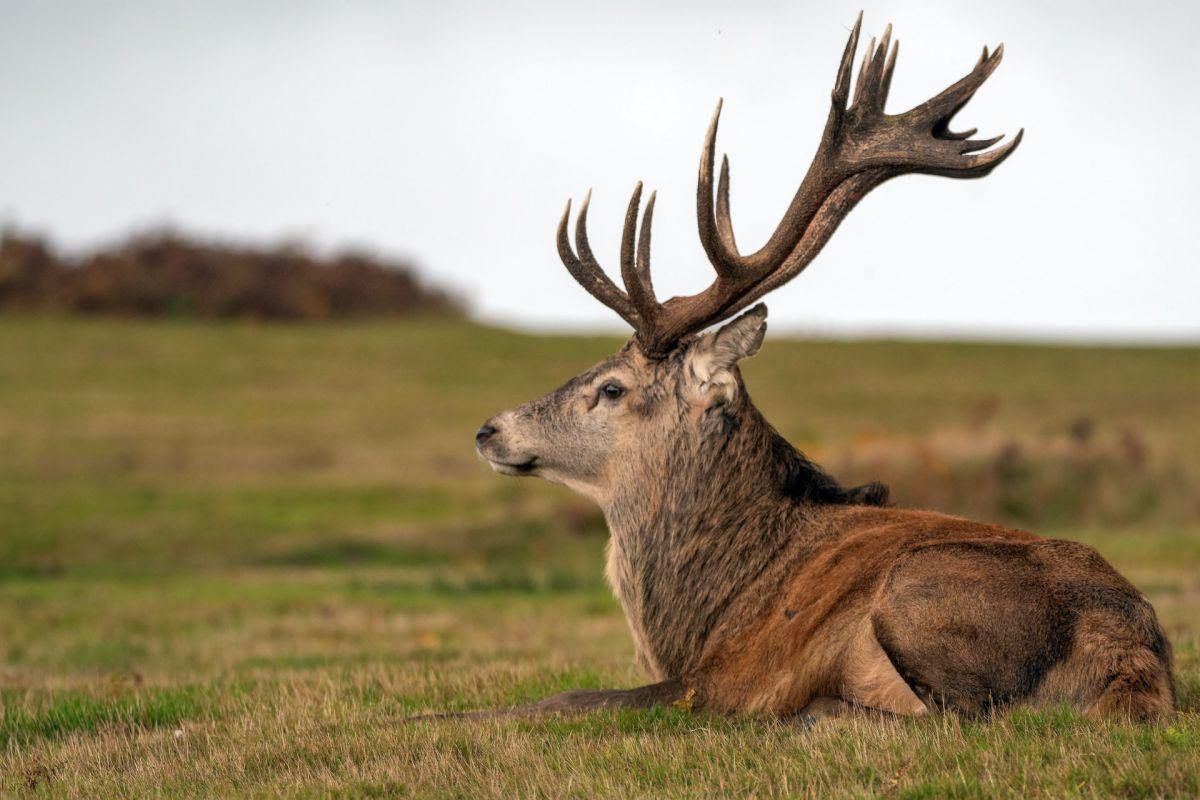
- Name: Elk
- Scientific name: Cervus canadensis
- Conservation status:
The elk, also known as the wapiti, is one of the largest species of deers, and one of the largest terrestrial mammals in North America and Central and East Asia. It was introduced to Italy, and it lives in forest habitat.
The diet of the elk is mostly made of grasses, bark, plants, and leaves. Male wapitis are known to engage in posturing and antler wrestling during the rut.
35. Sardinian pika
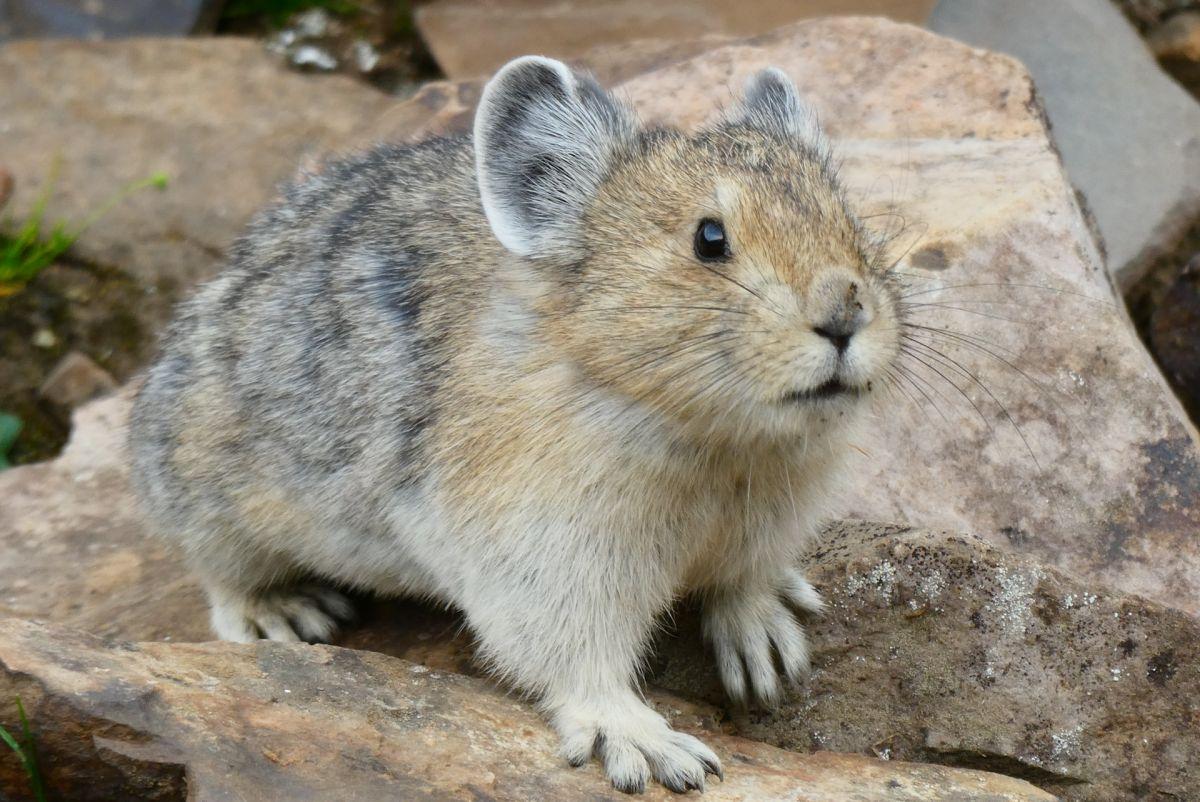
- Name: Sardinian pika
- Scientific name: Prolagus sardus
- Conservation status:
The Sardinian pika was a species of pika native to the islands of Sardinia and Corsica, as well as neighboring islands. It most likely went extinct during Roman times and used to be very widespread in Eurasia and North Africa.
The diet of this pika was entirely vegetarian, and it lived from sea level up to 800 m / 2,624 ft. Its main predators were birds and the Sardinian dhole.
36. Eurasian harvest mouse
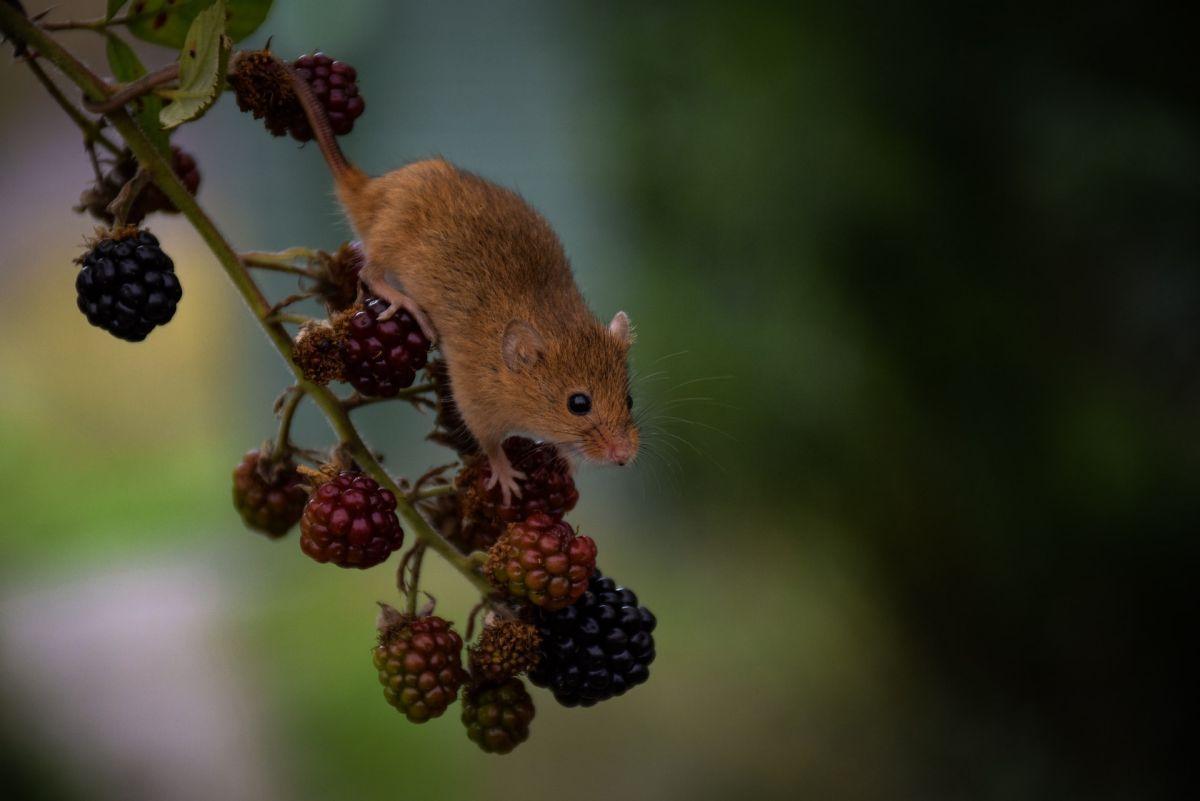
- Name: Eurasian harvest mouse
- Scientific name: Micromys minutus
- Conservation status:
The Eurasian harvest mouse is a small species of rodent native to Europe and Asia. It can usually be found in cereal crops such as oats and wheat, as well as other tall ground vegetation.
This mouse has characteristic reddish-brown fur, and a highly prehensile tail, ideal for climbing. It is the smallest rodent in all of Europe, and it mostly feeds on insects and seeds, as well as fruit and nectar.
37. Orca

- Name: Orca
- Scientific name: Orcinus orca
- Conservation status:
The orca, widely known as the killer whale, is a large species of toothed whale, and the largest member of the oceanic dolphin family. It has a characteristic black-and-white patterned body, and it can be found in almost all of the world’s waters, except for some small seas.
This dreadful predator mostly feeds on fish, dolphins, and seals, and only rarely attacks whales, except for calves and vulnerable individuals. This animal is particularly smart and has displayed incredible hunting behavior such as creating waves with its caudal fin in order to push seals away from blocks of ice.
38. Eurasian otter
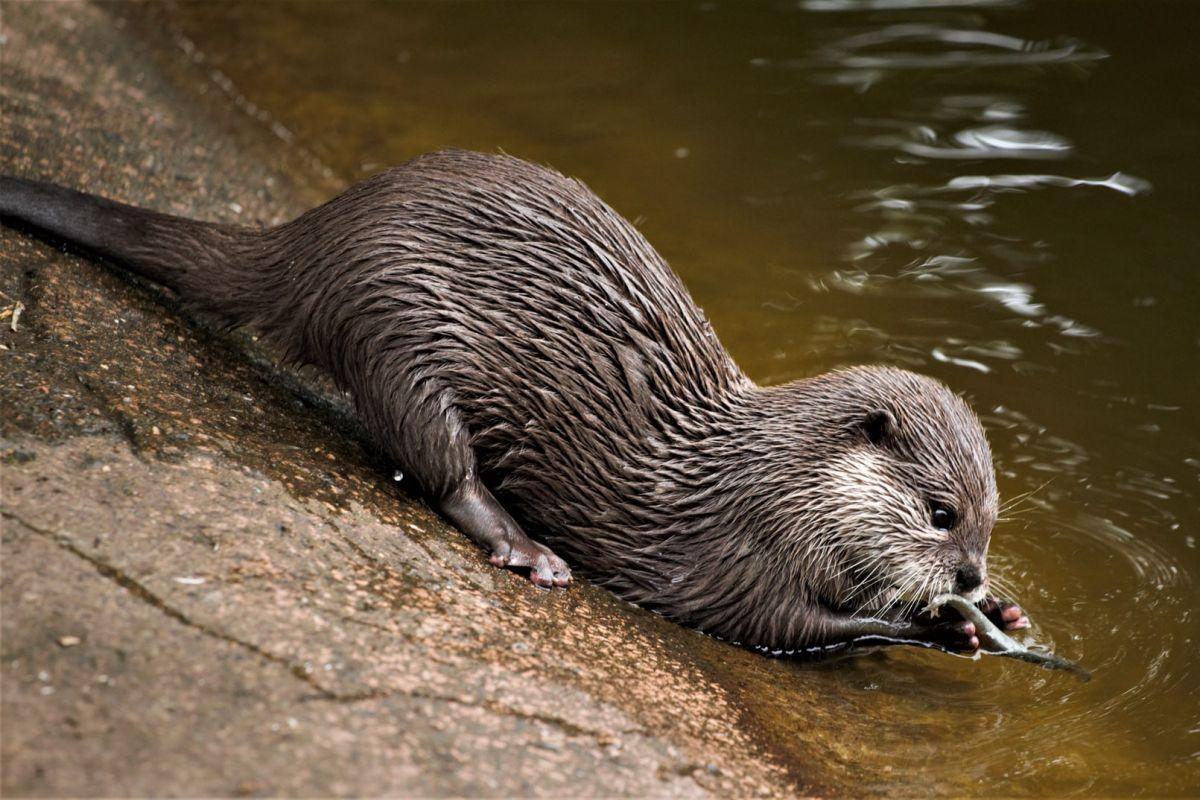
- Name: Eurasian otter
- Scientific name: Lutra lutra
- Conservation status:
The Eurasian otter, also known as the Old World otter, the Eurasian river otter, or the common otter, is a species of semi-aquatic mammal native to much of Eurasia, the Indian subcontinent, and northwestern Africa.
This mammal lives in coastal areas and waterways, and mostly feeds on fish. It is particularly territorial, and is more or less endangered depending on the area: on the whole, it is listed as near threatened.
39. European badger
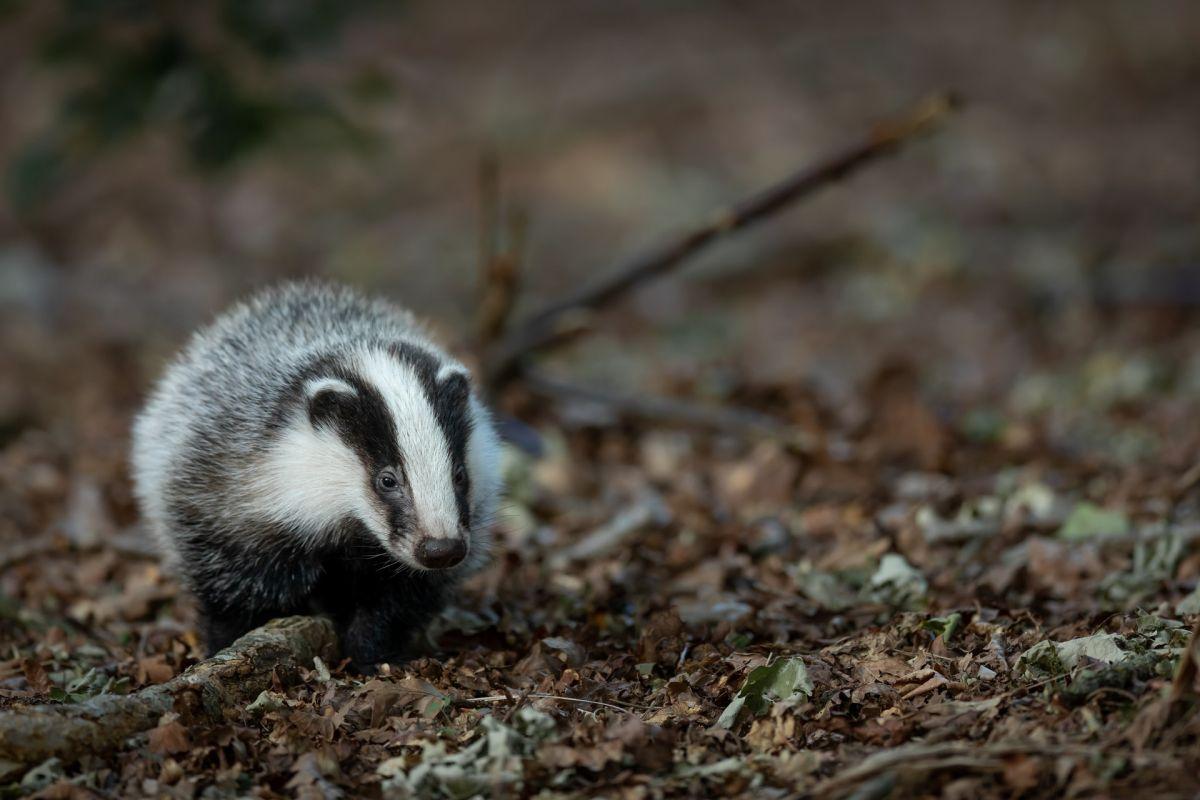
- Name: European badger
- Scientific name: Meles meles
- Conservation status:
The European badger is a species of mustelid native to almost all of Europe, except for its northernmost and southernmost areas. It has a very wide range and a large, stable population that is even thought to be increasing in some areas, which is why it is listed as least concern.
This badger is officially a carnivore but actually feeds on a wide variety of plant and animal foods, from insects and earthworms to tubers, cereals, and carrion.
40. Savi’s pipistrelle
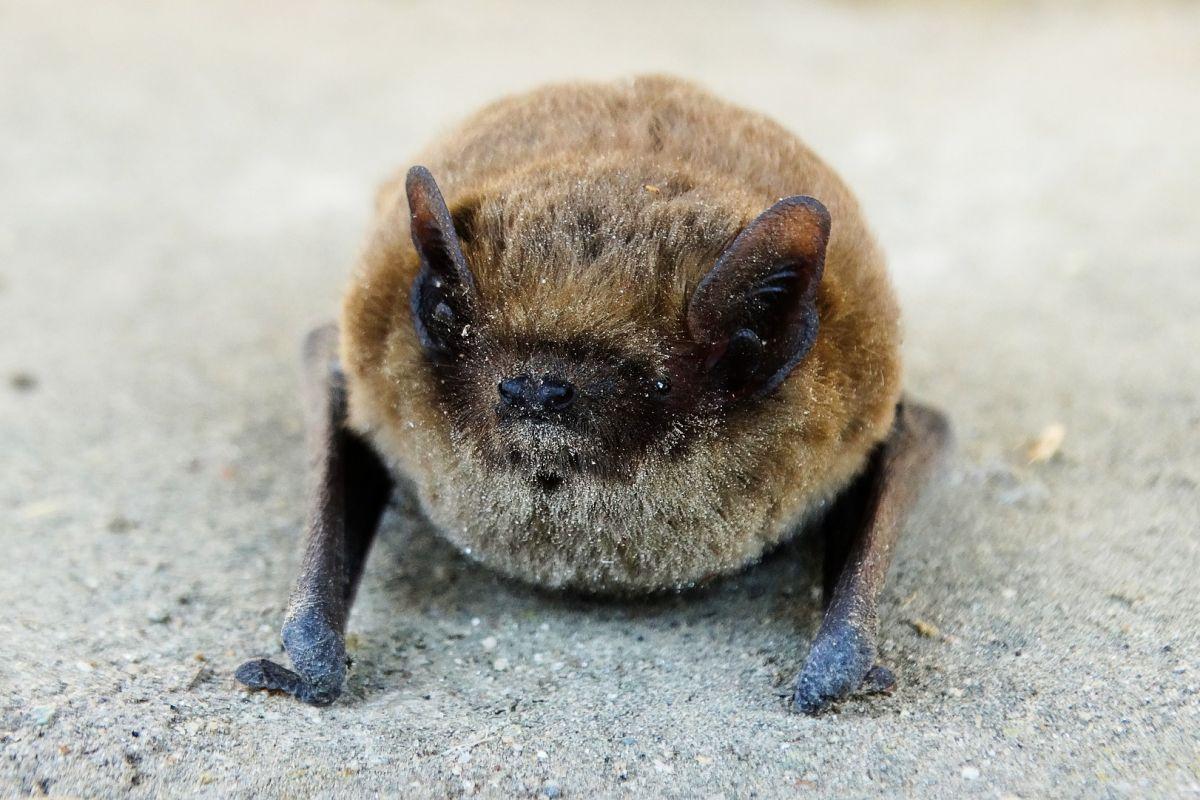
- Name: Savi’s pipistrelle
- Scientific name: Hypsugo savii
- Conservation status:
Savi’s pipistrelle is a species of vesper bat that can be found throughout most of the Mediterranean region, the Middle East, and northwest Africa. It is nocturnal and mostly feeds on insects, just like most bats, and it roosts in rock crevices, under bark, and in tree holes. During the winter, it prefers caves, deep rock cracks, and underground vaults.
In order to locate its prey, this bat uses echolocation and drinks by repeatedly flying over water and scooping up a bit of water with its tongue.
41. European pine marten
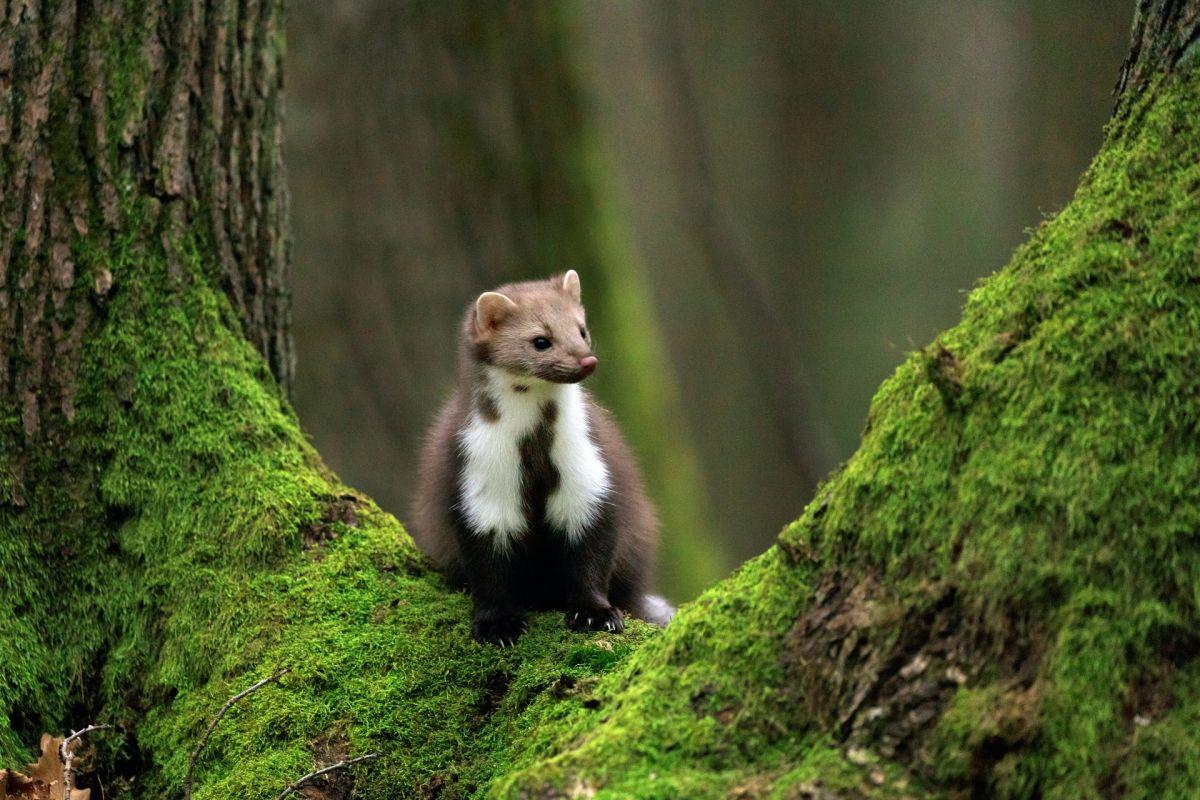
- Name: European pine marten
- Scientific name: Martes martes
- Conservation status:
The European pine marten, also known as the baum marten, the sweet marten, or the pine marten, is a species of mustelid native to most of Europe and the Middle East.
Its fur is light to dark brown, and it lives in wooded areas. Thanks to its semi-retractable claws (which is unique among mustelids), it lives part of its life on trees and can climb and run on branches.
42. Bonelli’s eagle
- Name: Bonelli’s eagle
- Scientific name: Aquila fasciata
- Conservation status:
Bonelli’s eagle, also known as the crestless hawk-eagle, is a large species of bird of prey native to southern Europe, northwestern Africa, the Sahara Desert, and the Indian subcontinent. It usually lives in hilly or mountainous areas, from sea level up to 1,500 m / 4,900 ft.
This eagle is specialized in hunting birds and mammals, mostly rabbits and pigeons. Although listed as least concerned, its population is rapidly declining in several areas of its range.
So there you have them, these were my 42 native animals of Italy. I hope you enjoyed this list and that you learned something new today.
In case you want to learn more about animals in the country, feel free to keep reading, as I still have lots of things to tell you about:
Endangered Animals of Italy
This is definitely the saddest part of the list, but it is very important to raise awareness. Because of this, let’s go through the list of endangered animals in Italy.
Here are the animals in danger of extinction in Italy.
- Sardinian pika
- Sicilian wolf
- Sardinian dhole
- Adriatic sturgeon
- Sand tiger shark
- Great hammerhead
- Balearic shearwater
- European eel
- and 19 more…
- Spinetail devil ray
- Steppe eagle
- Mediterranean monk seal
- Egyptian vulture
- Italian gudgeon
- and 23 more…
To see the full list of endangered species in Italy, head over to the International Union for Conservation of Nature’s Red List.
What is the National Animal of Italy?
Italy national animal is the Italian wolf.
A majestic, powerful and fierce animal is the perfect symbol for Italy. Also known as the Apennine wolf, the Italian wolf is a subspecies of the gray wolf native to the Italian Peninsula.
It has played a significant role in both Latin and Italian cultures and folklore, predominantly in the legend of the founding of Rome, which easily earned it its place as the national emblem.
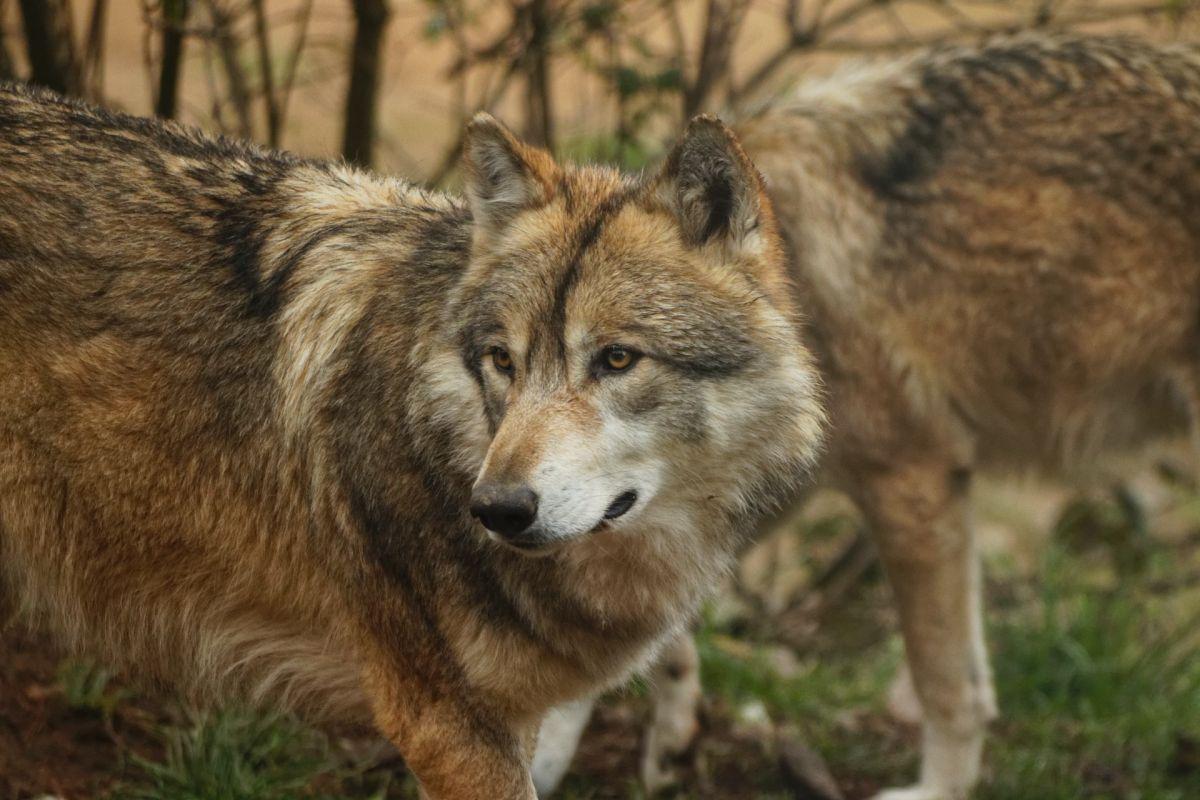
How Many Animals Native to Italy?
What is the diversity of native animals in Italy?
Let’s look at the total number of species of Chordata (mammals, birds, fishes, and reptiles).
Total number of animal species in Italy: 1,282 (3,149 in total in Europe)
More About Animals in the World!
Loved these facts about the Italian wildlife? Want to see what animals live in other countries?
Then check out these posts:
Or click here to see ALL the facts up on the blog! Spoiler alert: there’s A LOT of them.
Share the knowledge! Click on the buttons below to share information about these famous animals in Italy with your friends, and help them learn more about the world 🙂
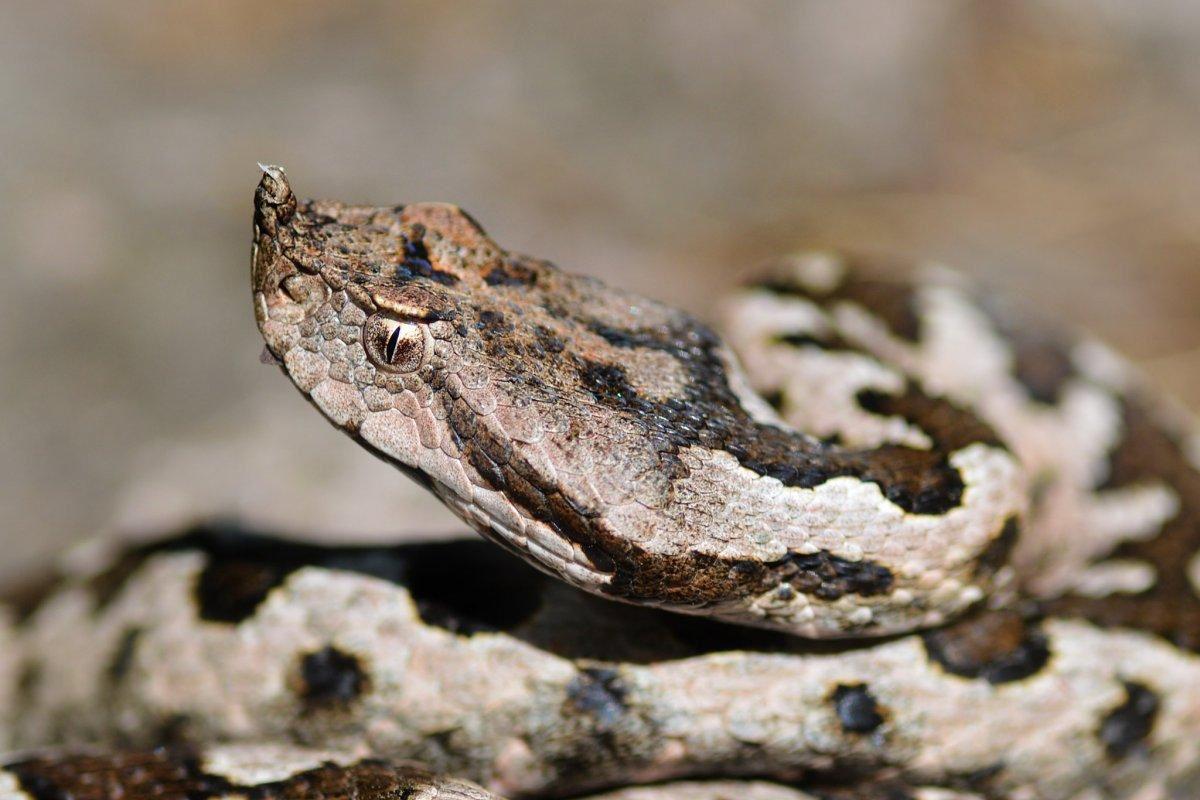
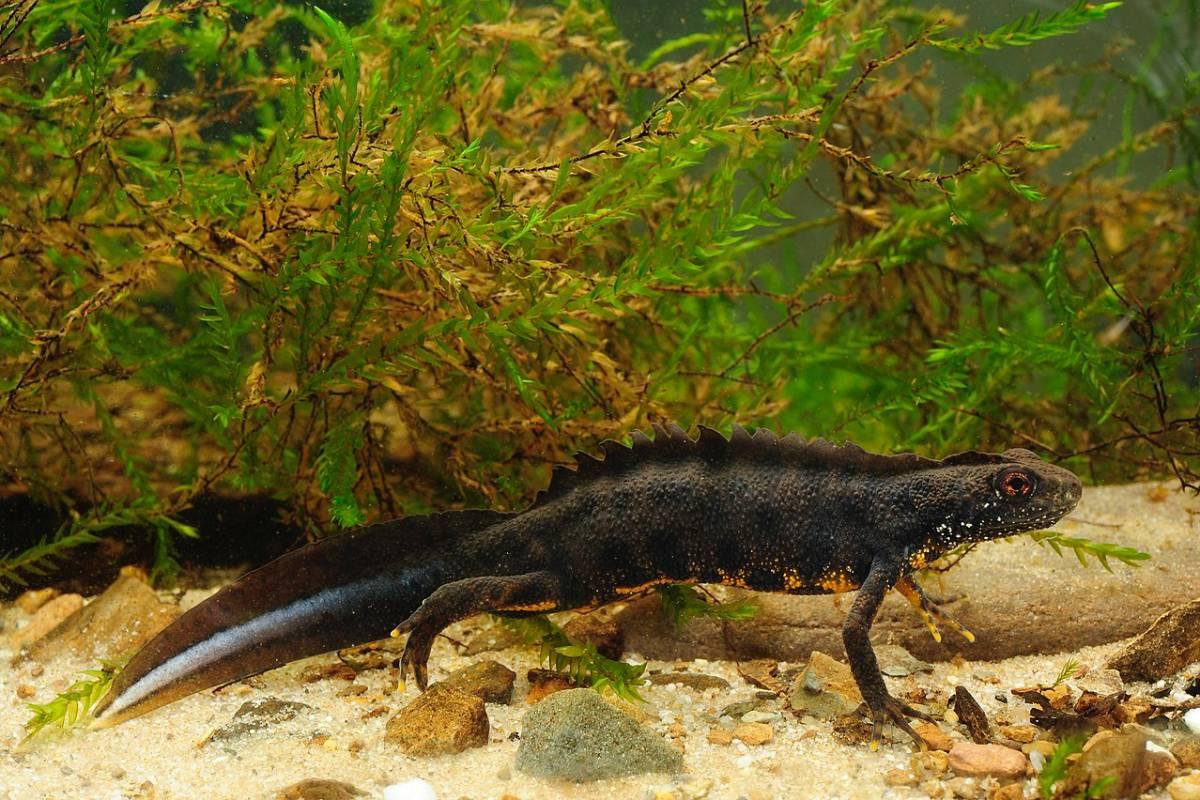
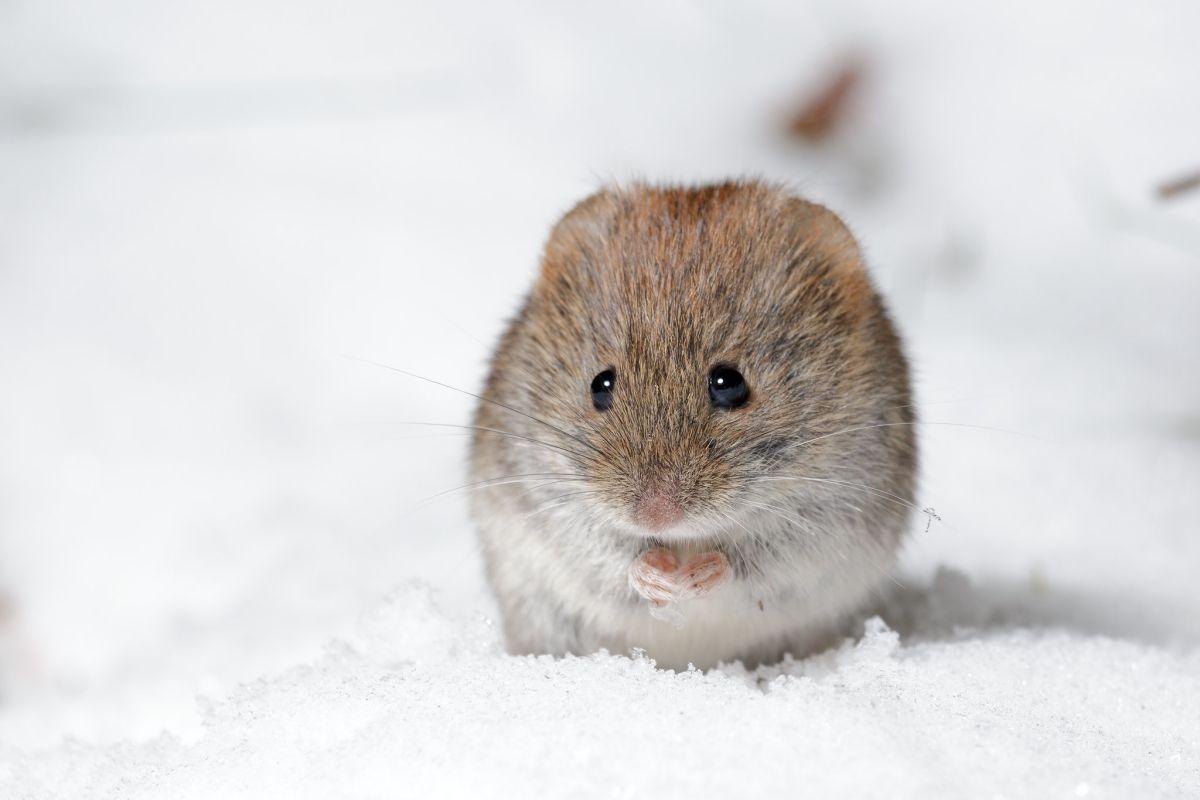
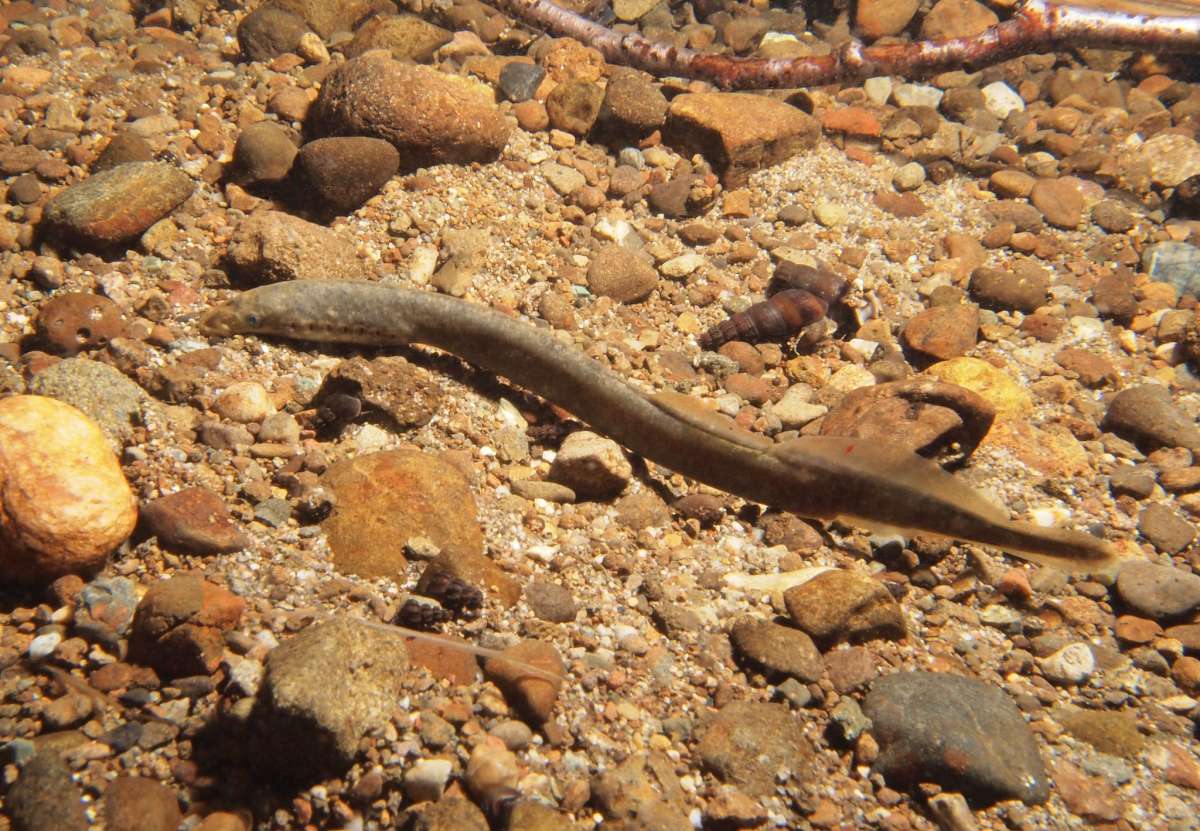
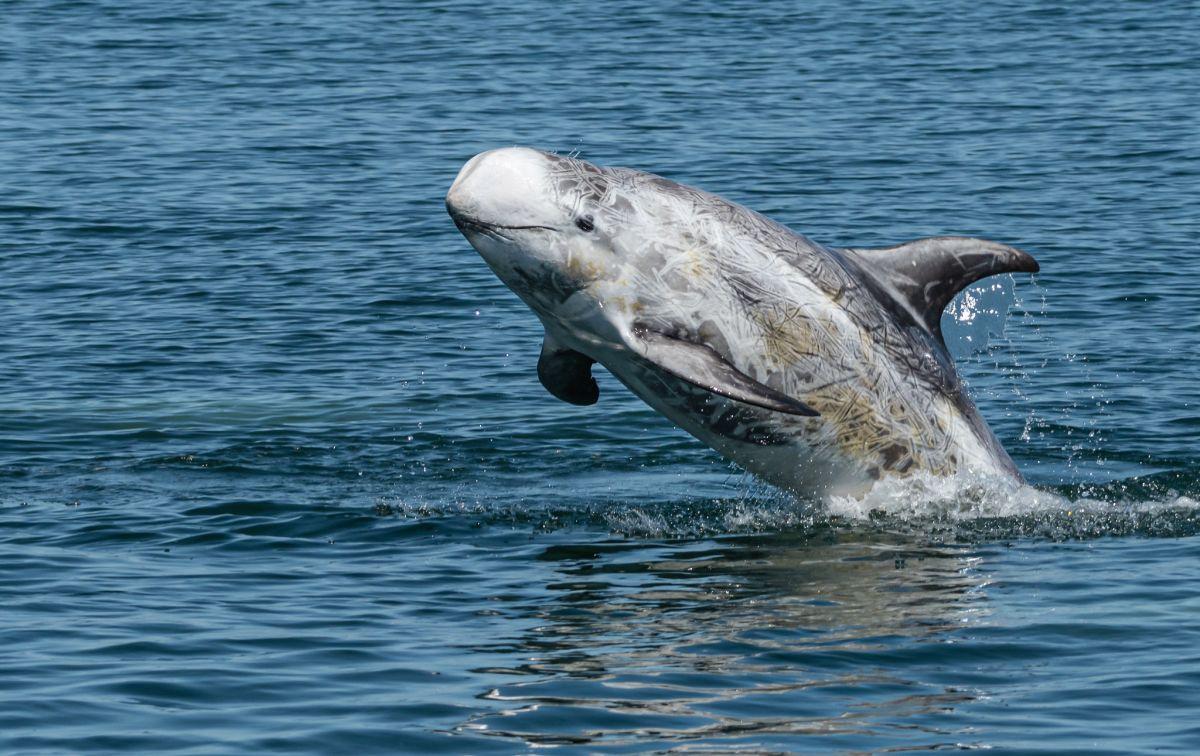
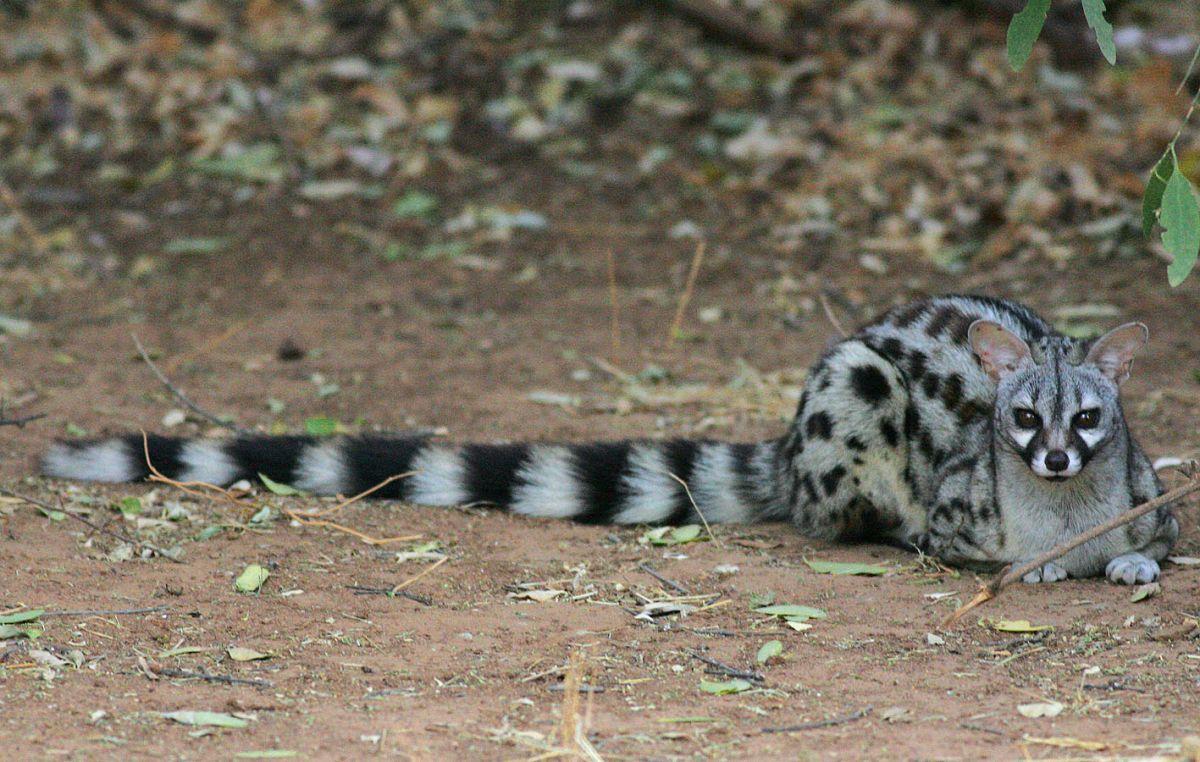
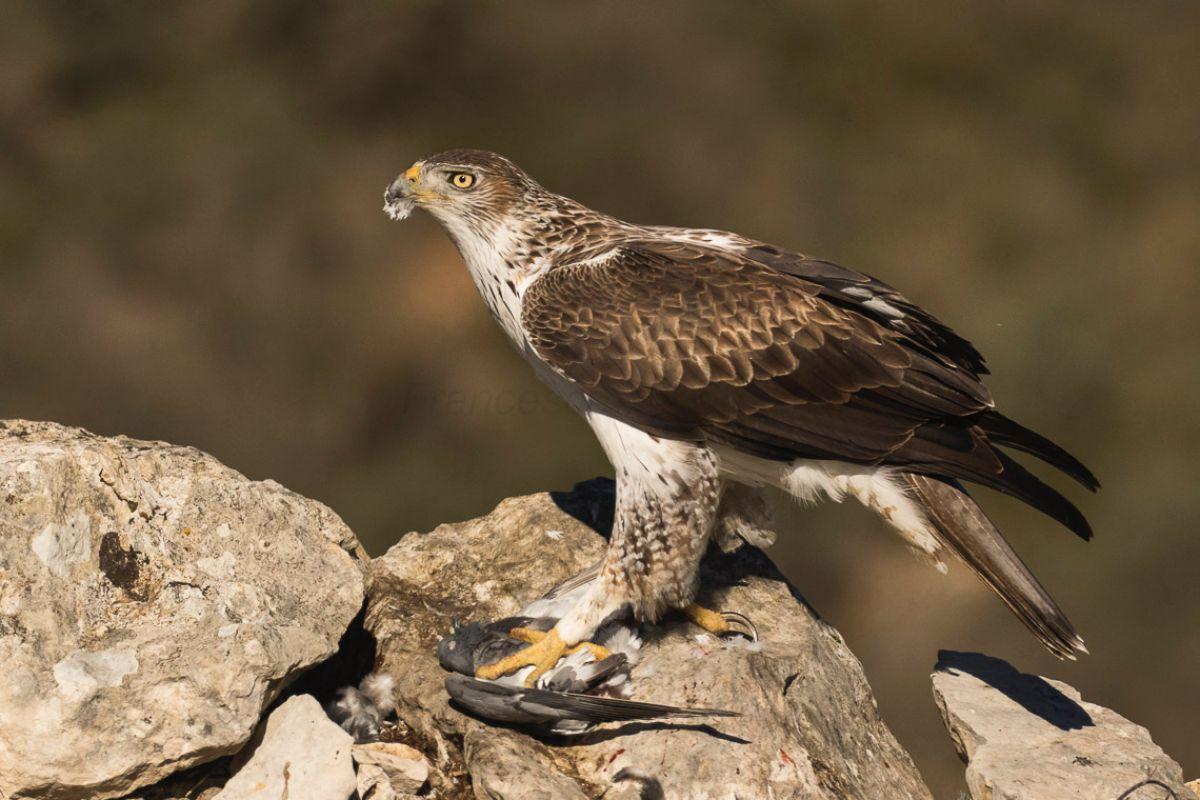

![10 Wild Animals in Antigua And Barbuda [Wildlife in Antigua And Barbuda]](https://www.kevmrc.com/wp-content/uploads/2022/08/10-wild-animals-in-antigua-and-barbuda.jpg)
![13 Wild Animals in Guinea [Wildlife in Guinea]](https://www.kevmrc.com/wp-content/uploads/2022/12/13-wild-animals-in-guinea.jpg)
![18 Wild Animals in Malawi [Wildlife in Malawi]](https://www.kevmrc.com/wp-content/uploads/2022/12/18-wild-animals-in-malawi.jpg)